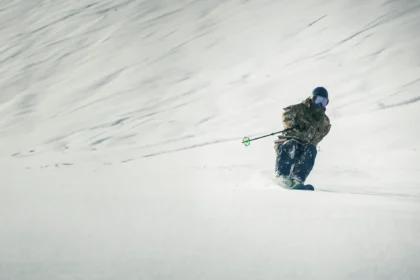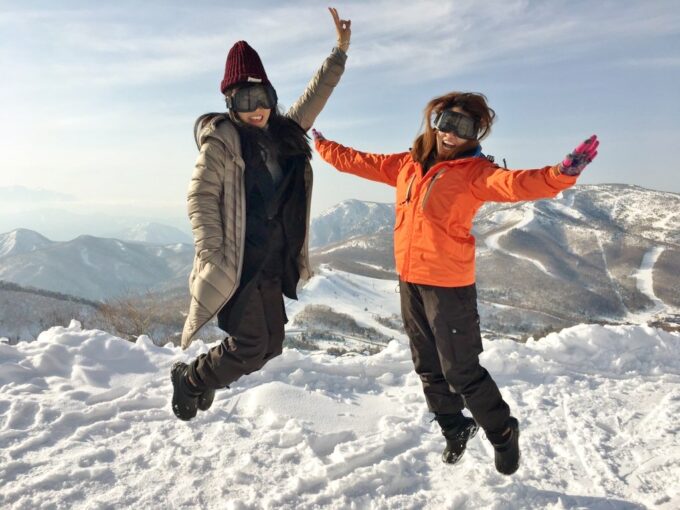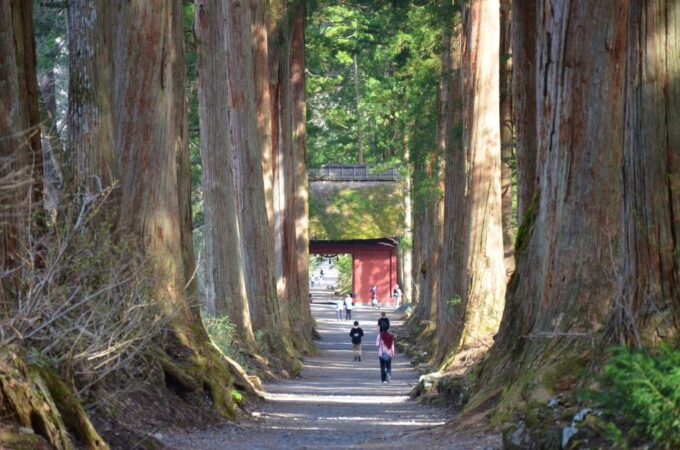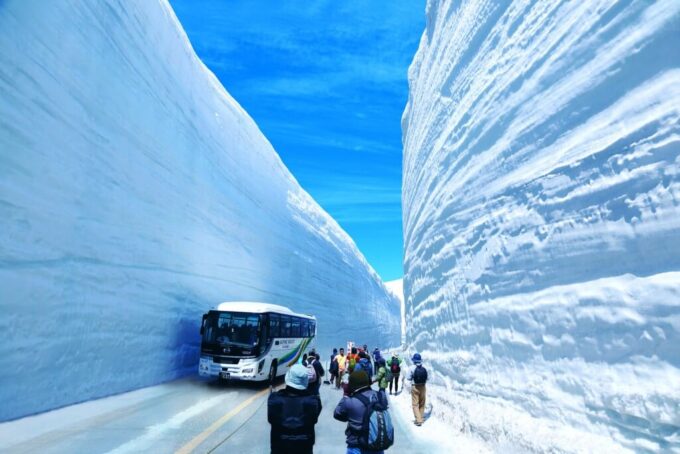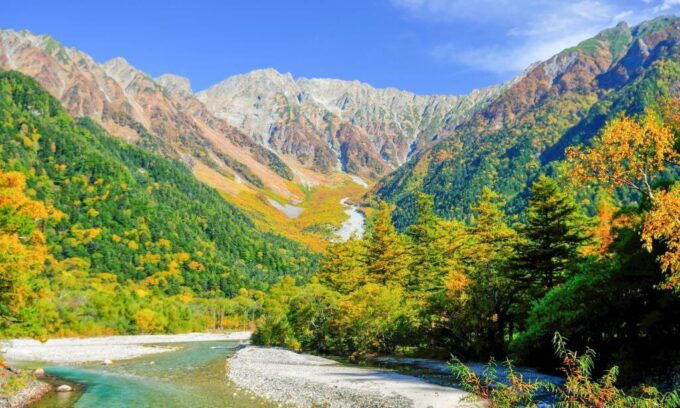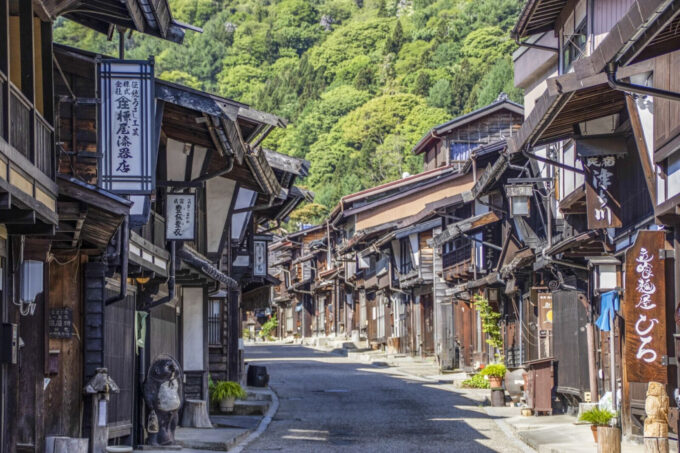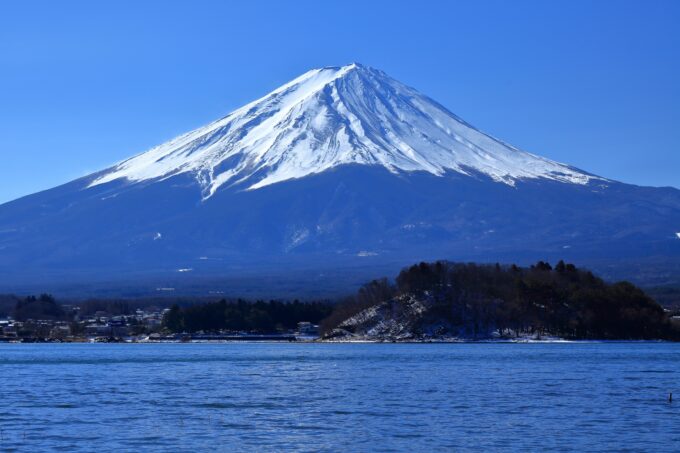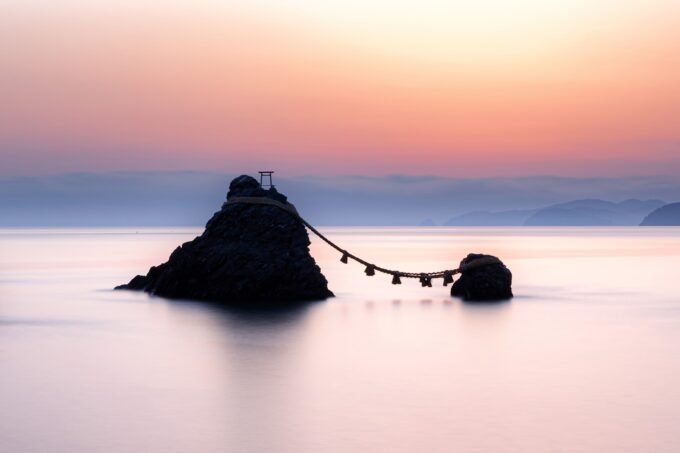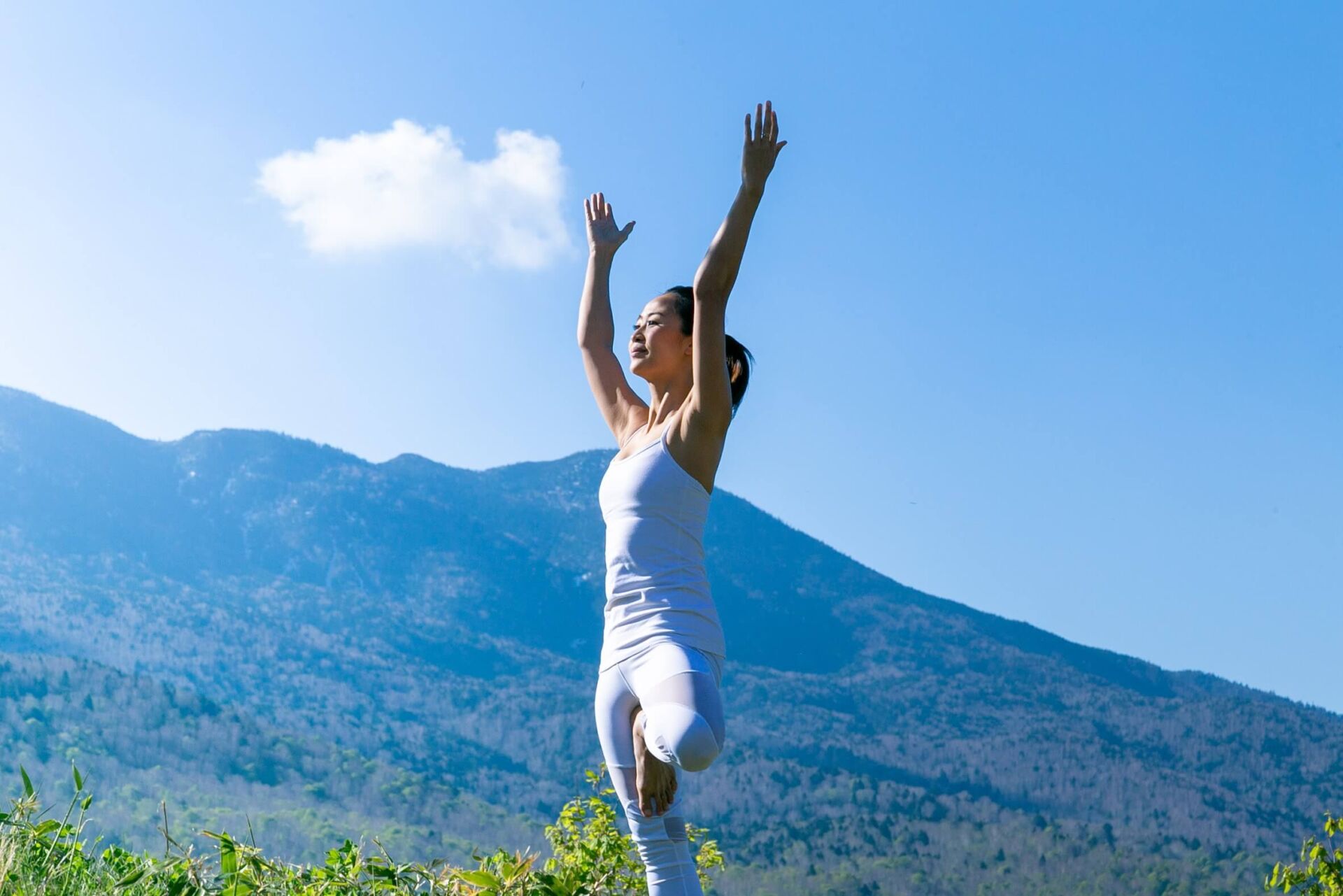
Also referred to as Chubu, Central Japan is our home and includes the following prefectures: Nagano, Niigata, Gifu, Toyama, Aichi, Shizuoka, Yamanishi, Fukui, and Ishikawa Prefectures. Though not considered part of Chubu, we also consider Gunma Prefecture as part of Central Japan – due to its proximity bordering Nagano and similar character as a place of mountains, forests, snow and hot springs.
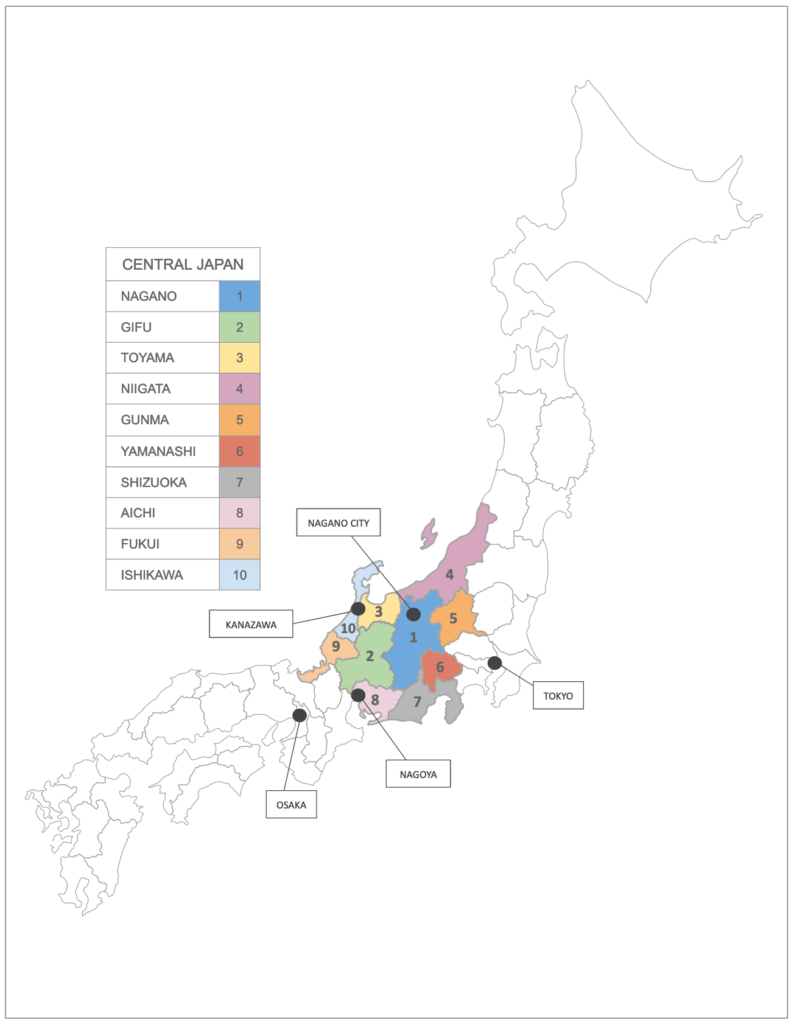
Central Japan offers more opportunities for adventure travel than any other region in the country with multiple large national parks including the majority of Japan’s tallest mountains, rivers, lakes, forests and northern coastline. The region can be easily accessed by train or car via the major hubs of Nagano, Toyama and Kanazawa – all stops on the Hokuriku Shinkansen line running from Tokyo – along with Nagoya – a stop on the Tokaido Shinkansen line – and Matsumoto – which can be reached using the Limited Express Azusa service from Shinjuku Station in Tokyo.
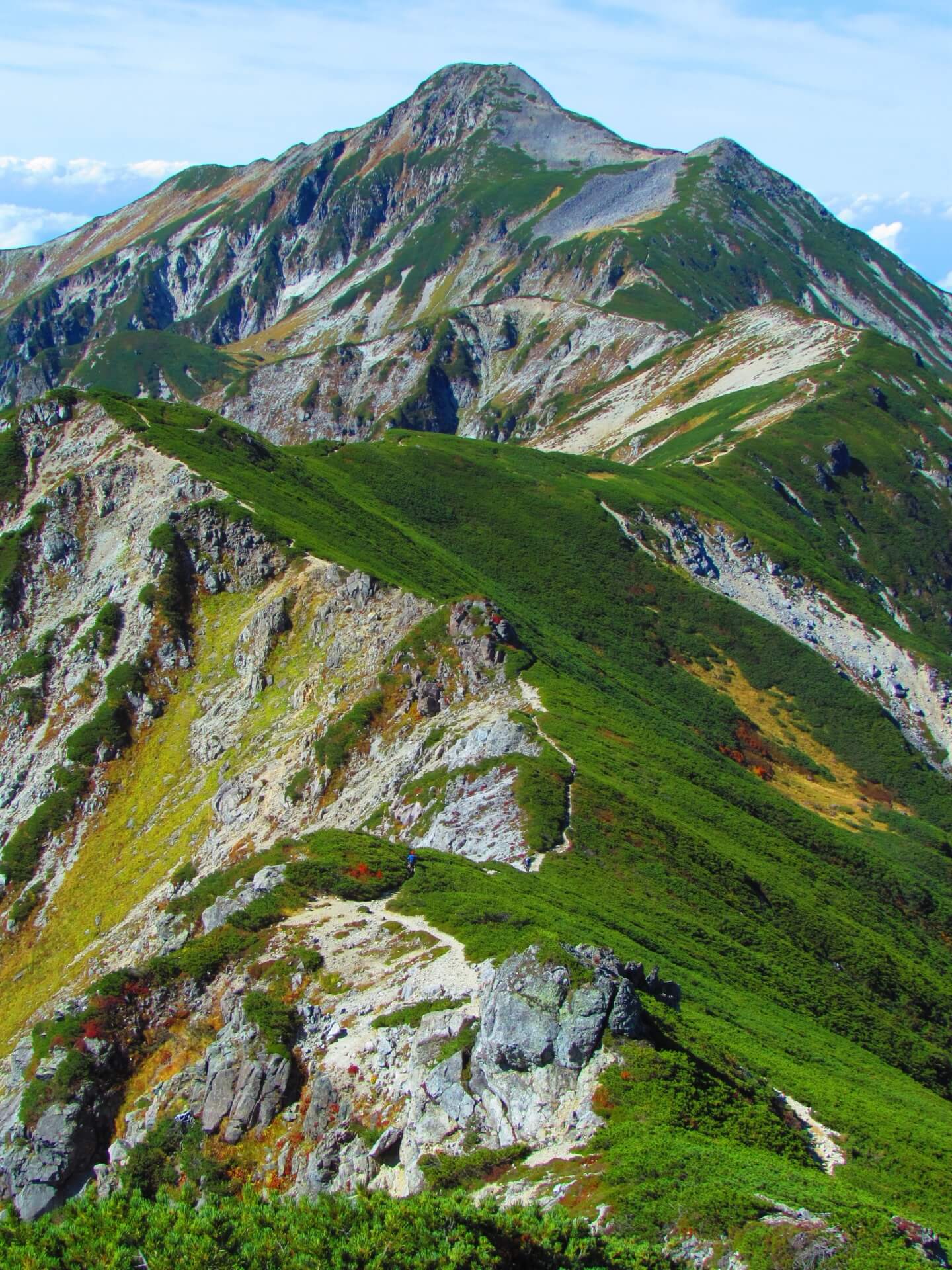
‘Adventure travel’ is a broad category of travel that means different things to different people. After all, one person’s adventures is another person’s boredom and clearly not everything on this list will appeal to all people. But hopefully it’ll pique your interest and get you thinking of all the fun that’s waiting for you all year round in Japan. From hiking to fishing, bird-watching to snowmobiling there’s no shortage of options when it comes to adventure travel in Japan. Our ’25 Best Adventure Travel Experiences in Japan’ page lists just some of the great activities waiting to be enjoyed while here!
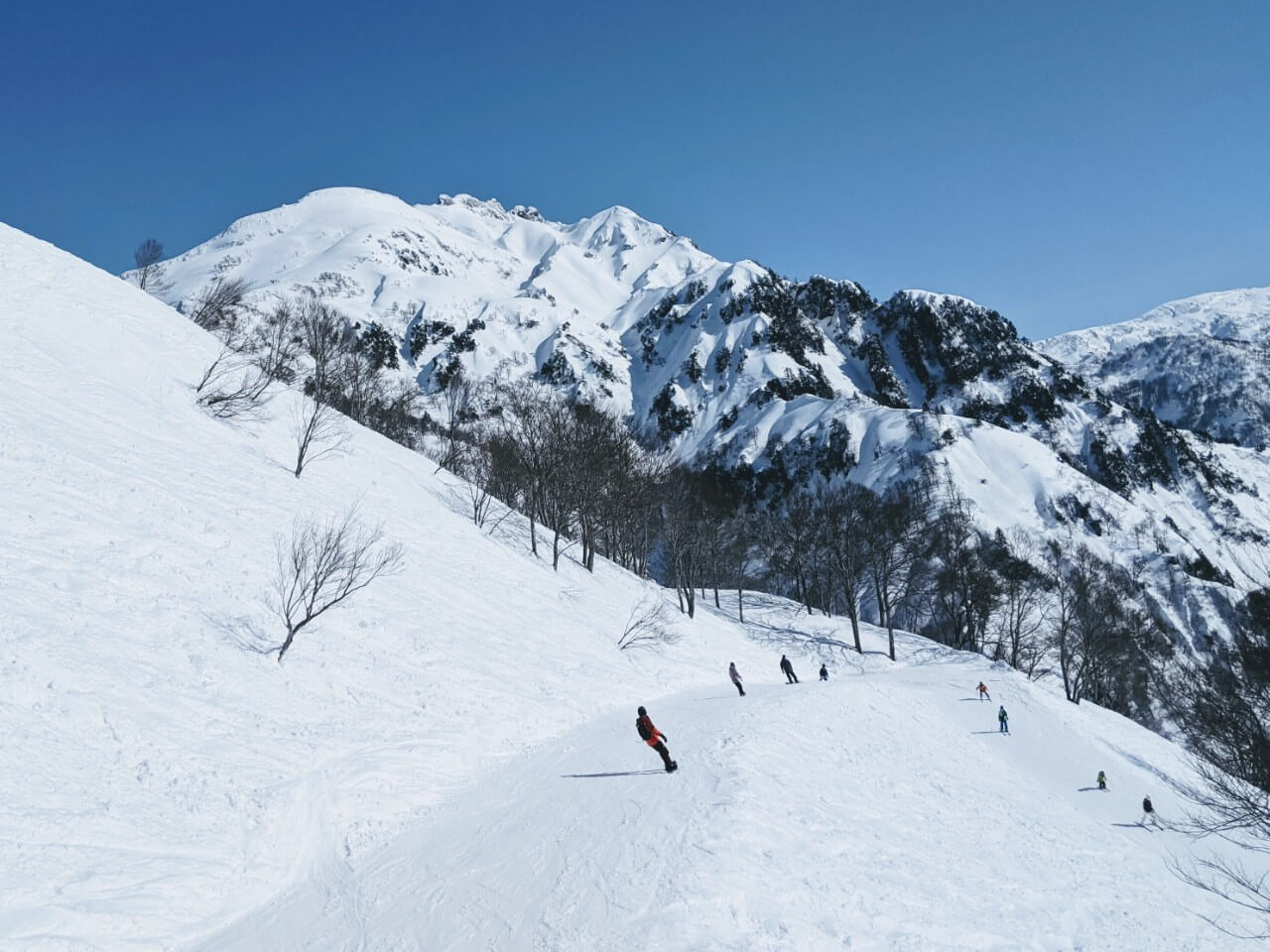

Home to the majority of Japan’s tallest mountains – offering world-class skiing and snowboarding in winter and an array of outdoor adventures in spring, summer and autumn – Central Japan boasts multiple adventure travel destinations. These are our recommendations of the best adventure travel destinations in the region:
HAKUBA / Nagano
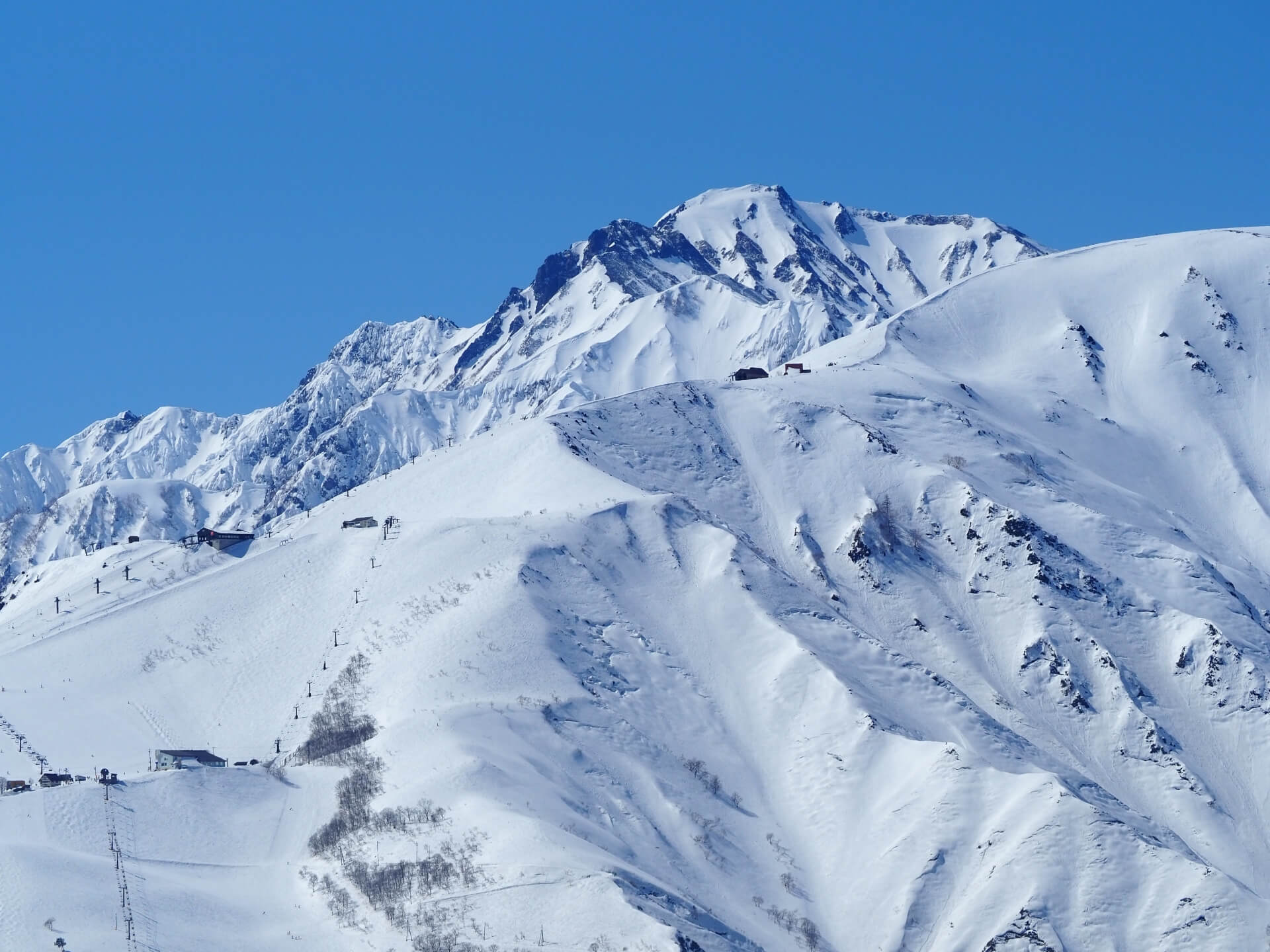

Home to some of Japan’s most popular ski resorts, Hakuba is only a 1-hour drive from Nagano City. Often also referred to as Hakuba Valley, the area stretches from Lake Aoki in the south, past the resorts of Hakbua Goryu/47, Happo One, Iwatake and Tsugaike up to the most northern ski resorts of Cortina/Norikura.
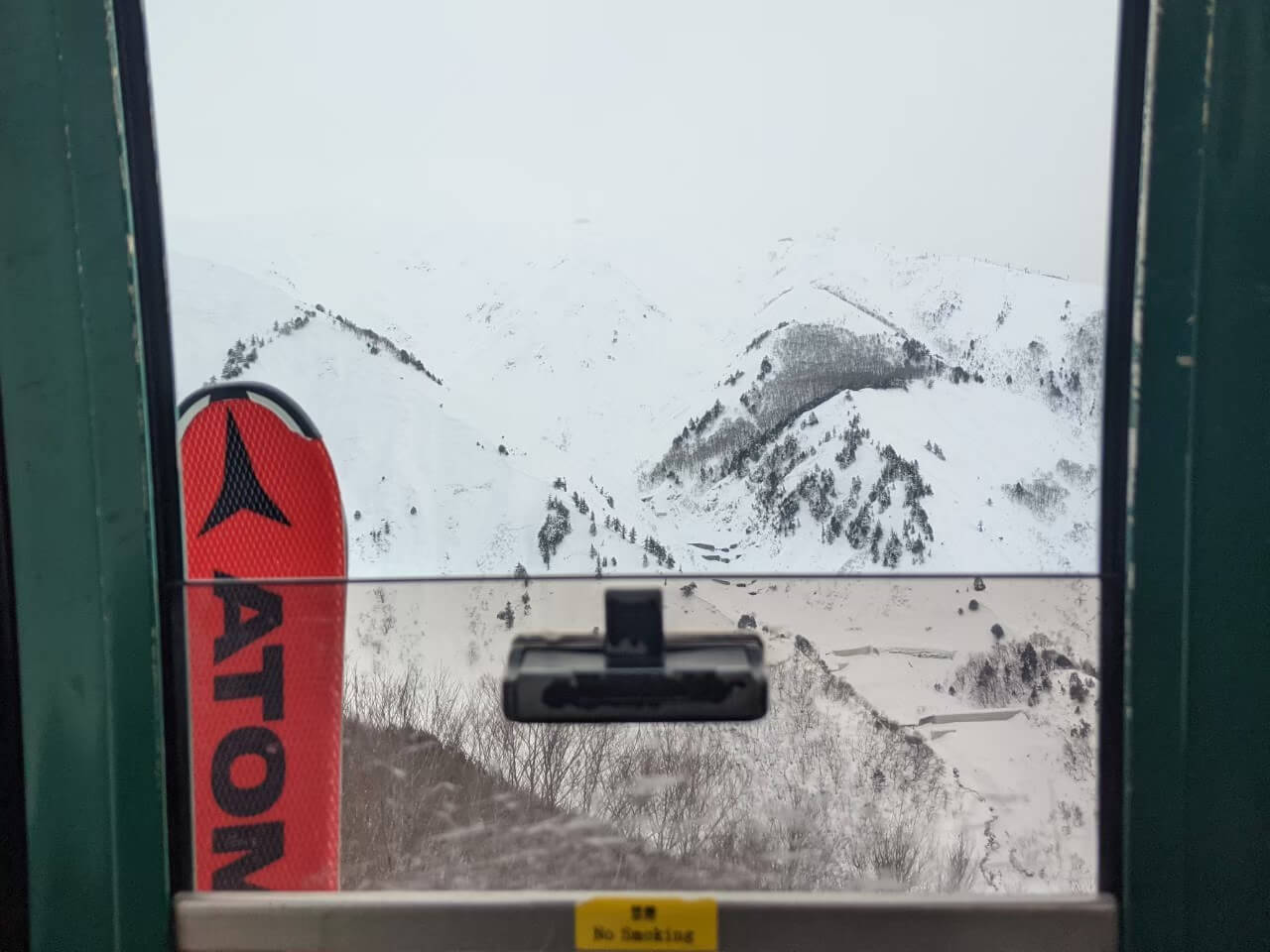
Winter is all about the snow with the region typically receiving heavy snowfall from early-December into April, with the snow usually at its best in January and February. The resorts are well-setup for international visitors offering lots of services in English and other foreign languages while Hakuba also boasts the greatest range of accommodation, dining and nightlife of any ski area in Central Japan including the most high-end options. The resorts are excellent with several offering some of Japan’s best backcountry and powder.
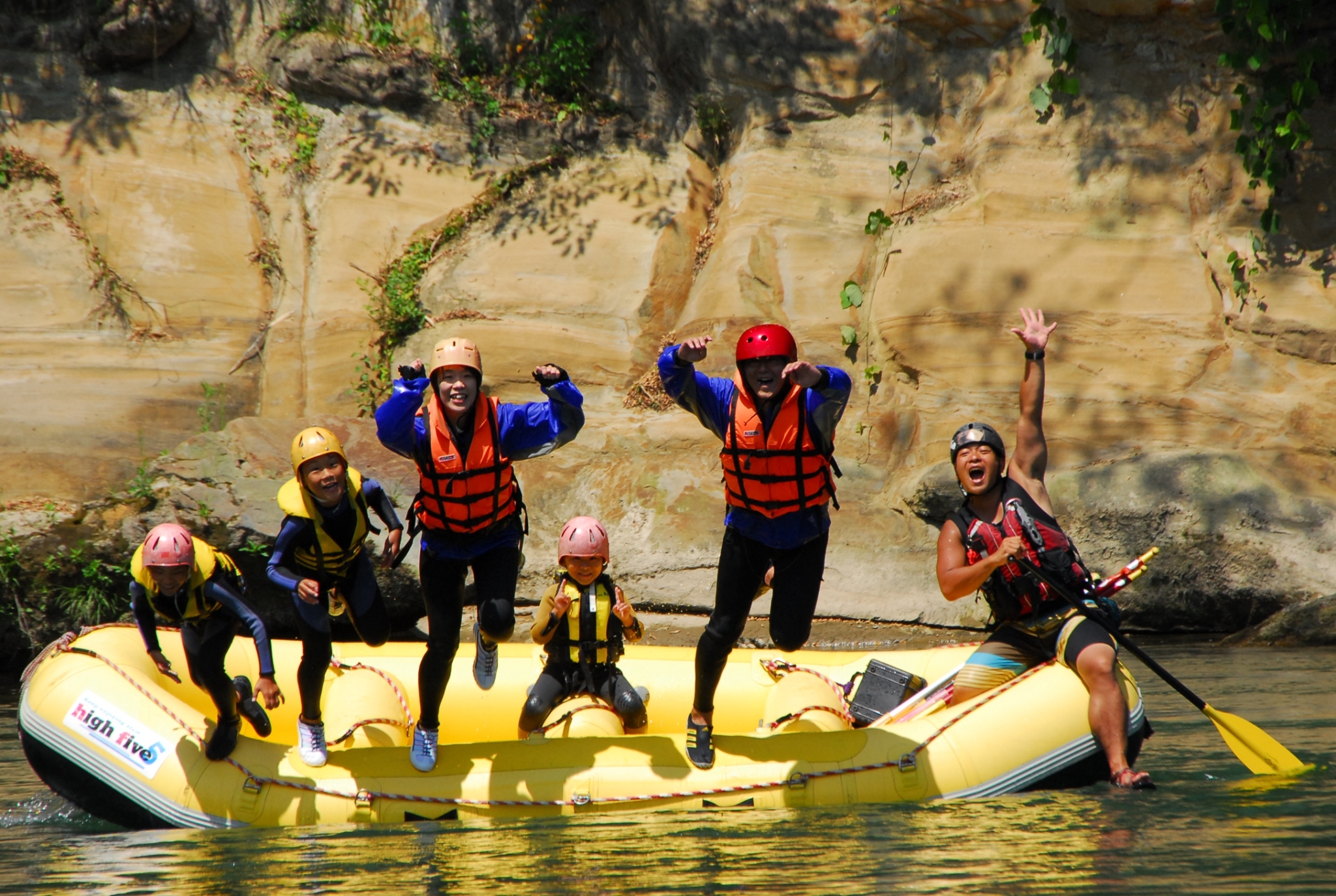
Lying in the foothills of the Chubu Sangaku National Park – the third largest national park in the country and Japan’s highest mountain range - Hakuba has quickly established itself as one of Japan’s premier green season/adventure travel destinations with lots on offer from outstanding hiking and mountaineering, MTB, water sports and more. With most of the valley’s gondolas in operation from late-spring to autumn, you have easy access to the mountains and everything Hakuba has to offer.
SHIGA KOGEN / Nagano
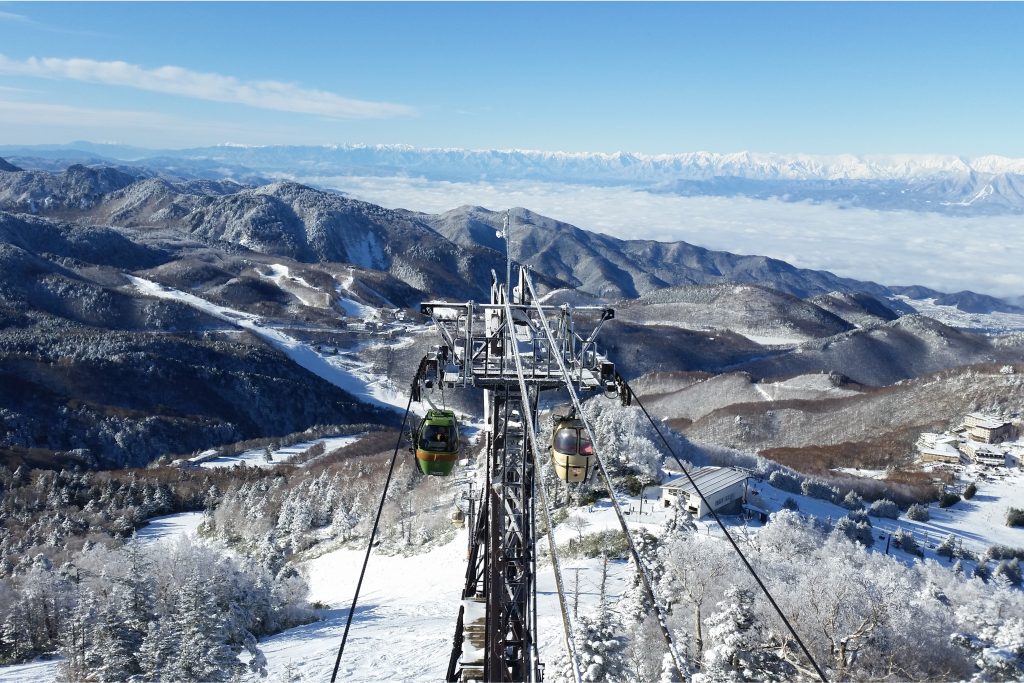
Lying around 70-minutes drive to the east of Nagano City, Shiga Kogen is home to Japan’s largest and highest ski resort, one of the region’s most important ecological zones and fourth largest national park in Japan. Shiga Kogen Ski Resort boasts the longest season of any resort in Central Japan – typically running from late-November into late-April or even early-May – and offers the greatest expanse of connected ski fields in Japan. Reliable snow conditions allow for excellent skiing and snowboarding – although it’s important to note that backcountry is only permitted with a guide – while snowmobiling, snowshoeing and other winter activities are all on offer.
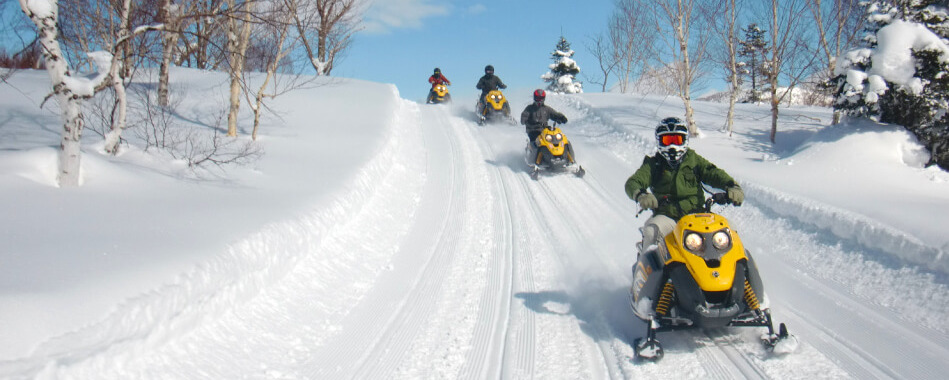
Outside of winter Shiga is just as enticing. The area lies within Joshinetsu Kogen National Park and smaller UNESCO-recognised Shiga Kogen Highlands. Covering an expansive area, the region boasts multiple mountains including two of Japan’s most active volcanoes, Mount Asama and Mount Kusatsu-Shirane, alpine forests and waterways, and a diverse range of wildlife. Much less developed than Hakuba, Shiga Kogen is an ideal destination for visitors wanting to experience excellent alpine hiking and walking, bird-watching and wildlife, nature and wildlife photography, canyoning, SUP, trail running and more.
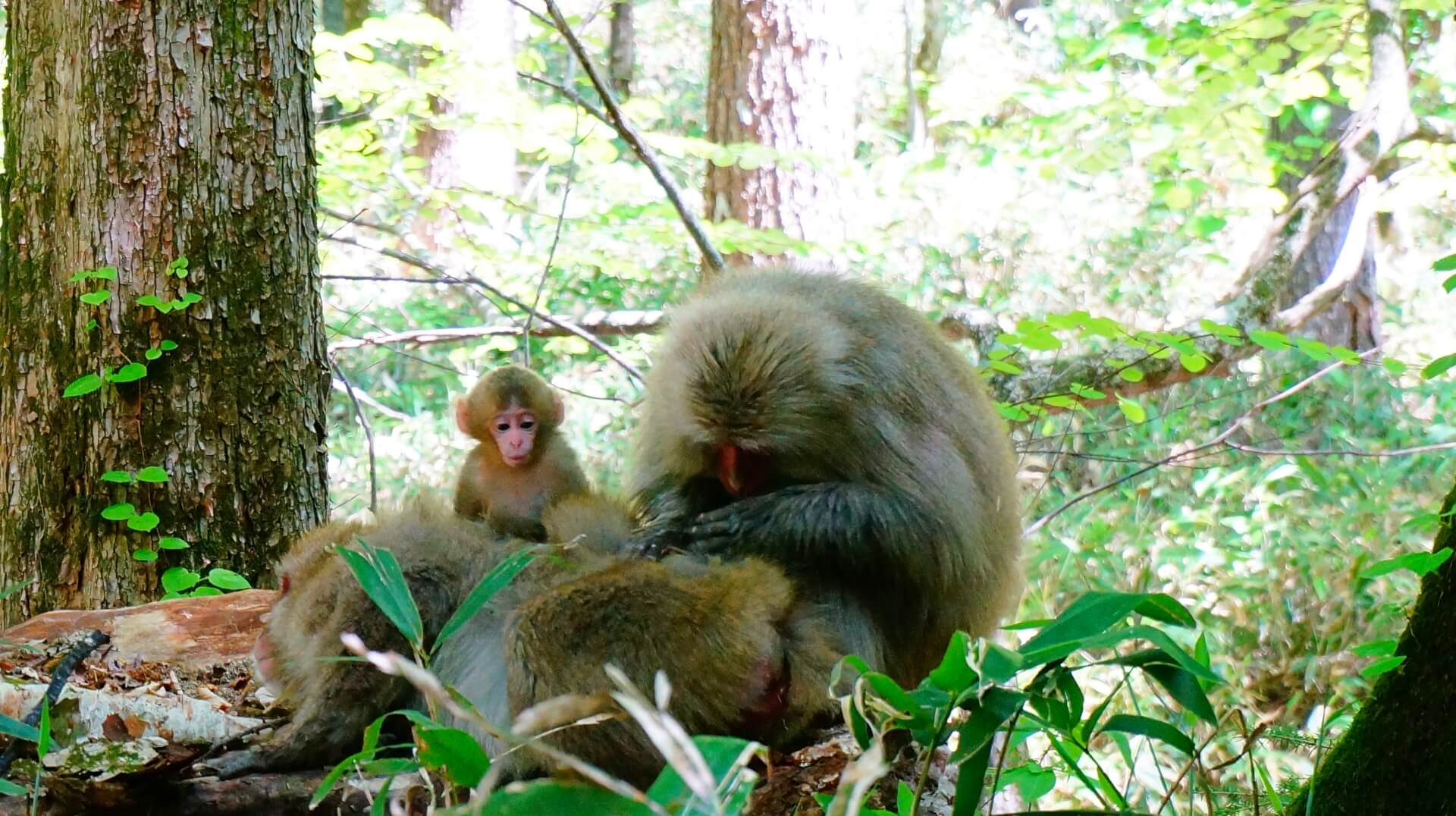
Through green season, Shiga plays host to two notable trail running events – the Shiga Kogen Mountain Trail Run in July and Shiga Kogen Extreme Trail Run in October. Monkeys, deer, bears, lots of birds and more all call the park home making it one of Japan’s best wildlife destinations. The Jigokudani Monkey Park lies at the base on the mountains and acts as the western gateway to the national park while the Karuizawa Wild Bird Sanctuary is located in the popular mountain resort town of Karuizawa – the southern gateway to Joshinetsu Kogen National Park.

NOZAWA ONSEN / Nagano
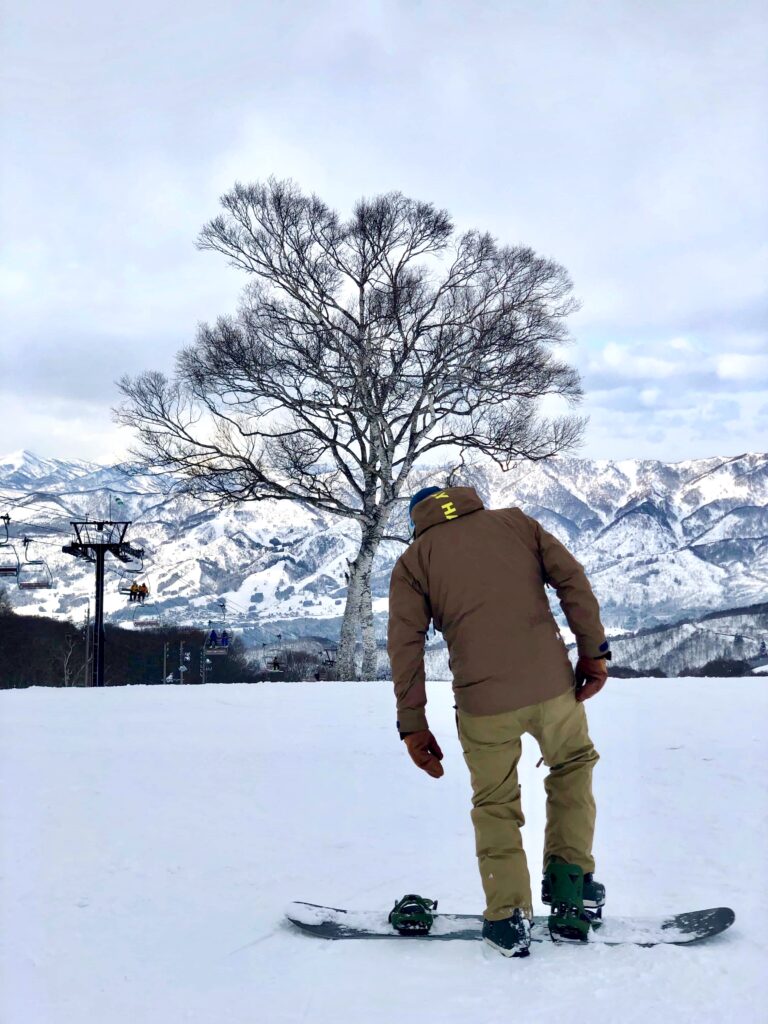

Around 70-minutes drive to the north of Nagano City, Nozawa Onsen is a historic hot spring town that over recent decades has become best known for its fantastic ski resort. Indeed Nozawa Onsen Snow Resort can now lay claim to being one of the most popular resorts in all of Japan, offering the enticing combination of decent size, mixed terrain, great snow and some of Japan’s best apres ski. Opening of a new high-speed gondola for the 2020/21 season has only amplified Nozawa’s popularity and with plenty of investment going into the town, expect its reputation to only grow bigger.
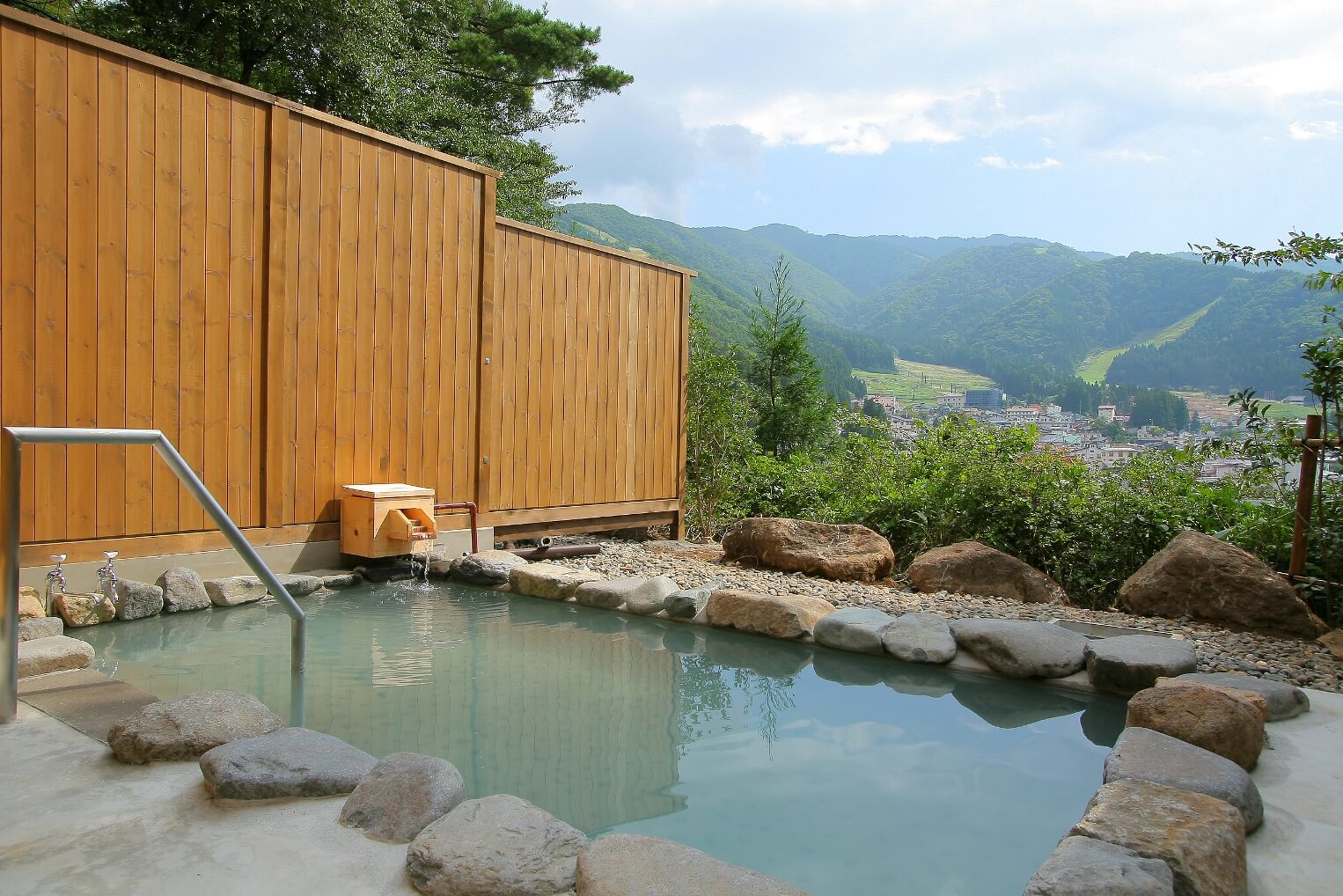
Outside of winter, Nozawa is quickly developing as a green season destination. Stemming from its long history as a hot spring town – a history that stretches back over 1000 thousand years – Nozawa is embracing holistic experiences such as yoga and meditation with guesthouses and local operators offering classes and retreats. Combined with the towns many natural hot springs, Nozawa offers the chance to enjoy a slower type of adventure travel. But of course if you’re looking for something more active, it’s also on offer. The main gondola operates throughout the year with passengers able to take mountain-bikes up with them and ride the many trails or back down the ski runs, or hike or run the trails.
MADARAO & IIYAMA / Nagano
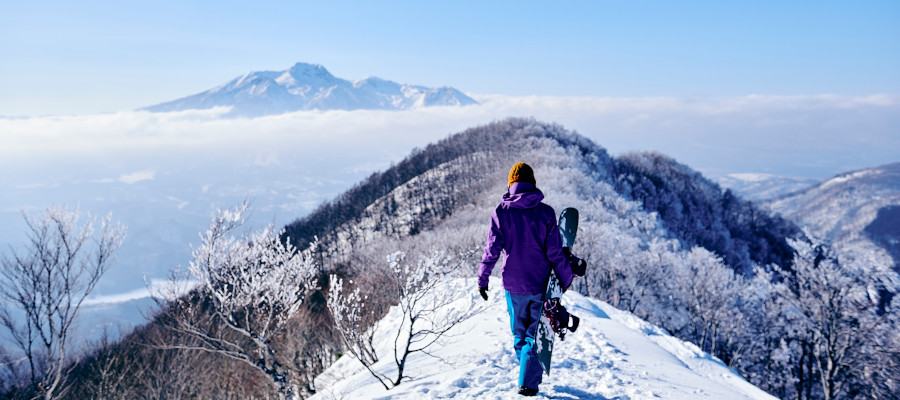
Lying across the valley from Nozawa Onsen, Madarao is home to Madarao Mountain Resort - another popular ski resort best-known for its open policy when it comes to side and backcountry, tree zones and deep powder. Madarao is a notably smaller resort than Nozawa however when you take into account that it connects to the Tangram Ski Circus, you have a pretty decent amount of terrain and most importantly, some fantastic backcountry. Outside of winter Madarao is embracing the green season by developing its trails with a focus on mountain-biking and trail running.
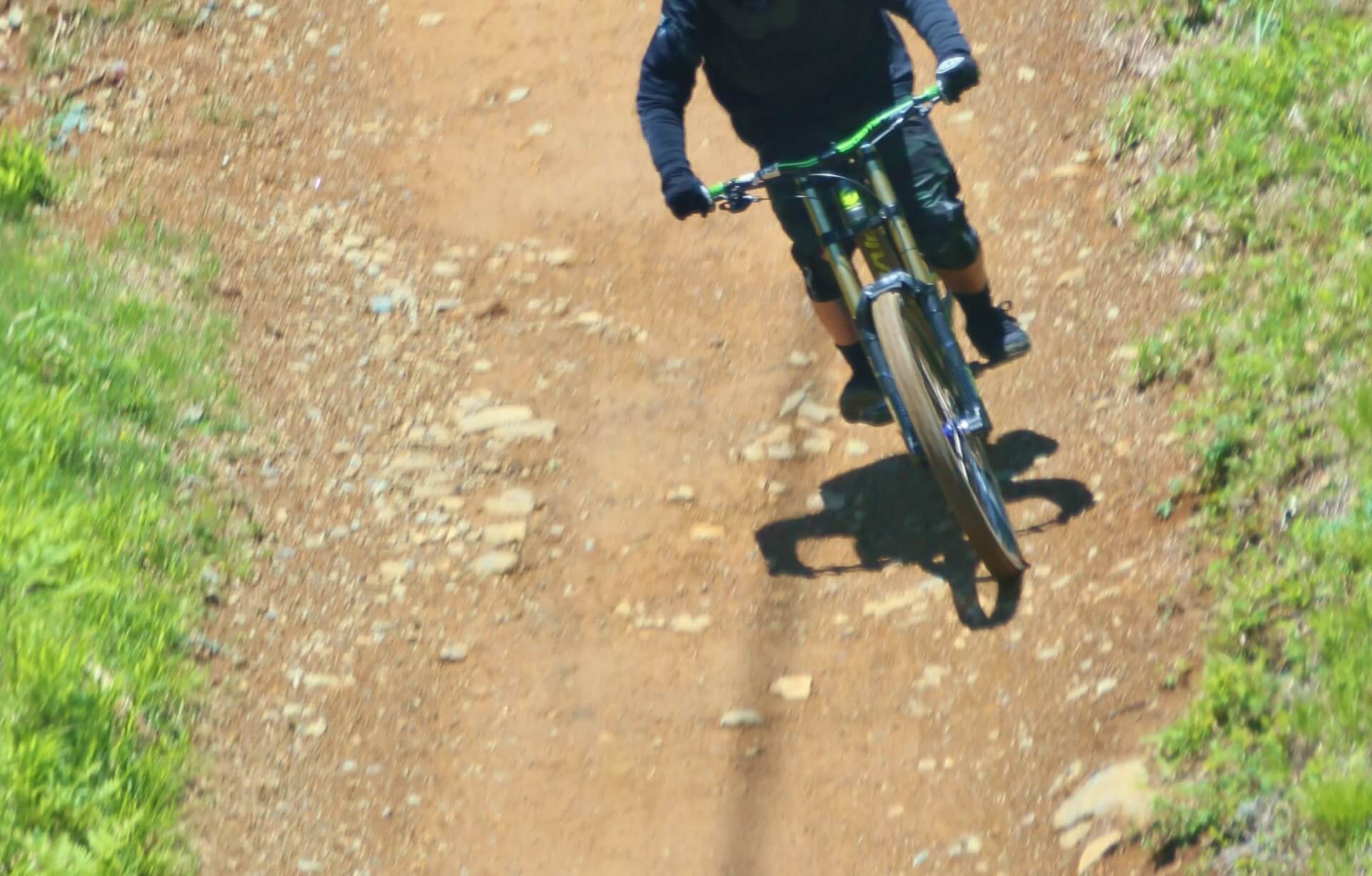
When combined with the easy access to nearby Lake Nojiriko, Madarao has lots to offer in terms of green season adventure travel experiences including SUP, kayaking and canoeing. Accessed via Iiyama Station in the valley below, the region also provides access to the Shinetsu Trail – an 80km historic trail running through Nagano and Niigata Prefectures following the ridge- line of the Sekida mountains to the coast.
MYOKO KOGEN / Niigata
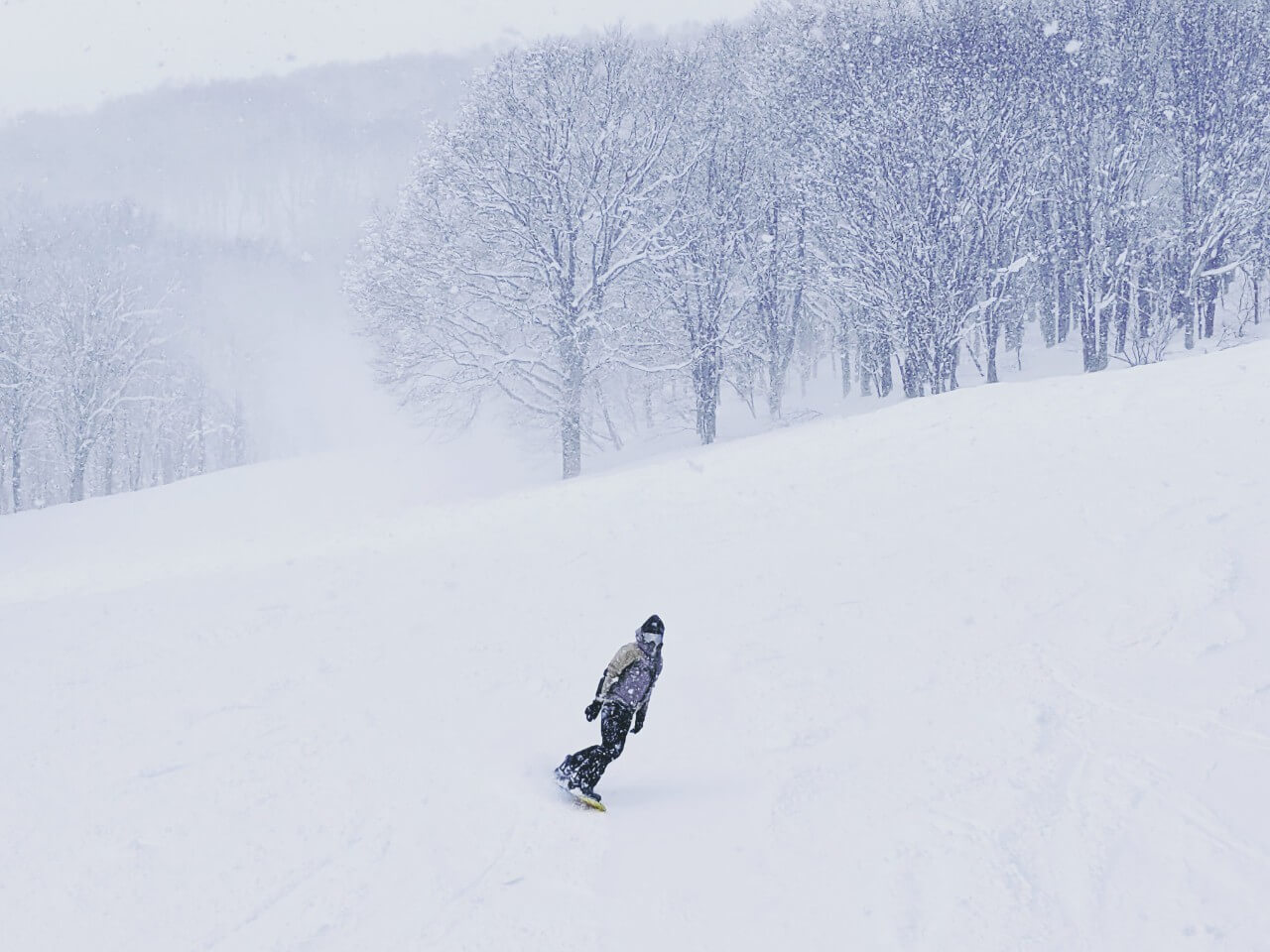
Located at the southern end of Niigata Prefecture but most easily accessed via Nagano Station, Myoko Kogen is home to multiple ski resorts that continue to fly under the radar for many international visitors, but don’t count on that remaining the case of long! Myoko receives a massive amount of snow each year blessing the resorts of the region – including Akakura Onsen/Kanko, Suginohara and Ikenotaira – with some truly deep, amazing powder. And when we say deep, we mean deep! Some resorts claim snowfall of up to 18 metres each year and we you then consider their liberal approach to backcountry, you’ll understand why those who know about what Myoko has to offer love it and tend not to tell anyone else!
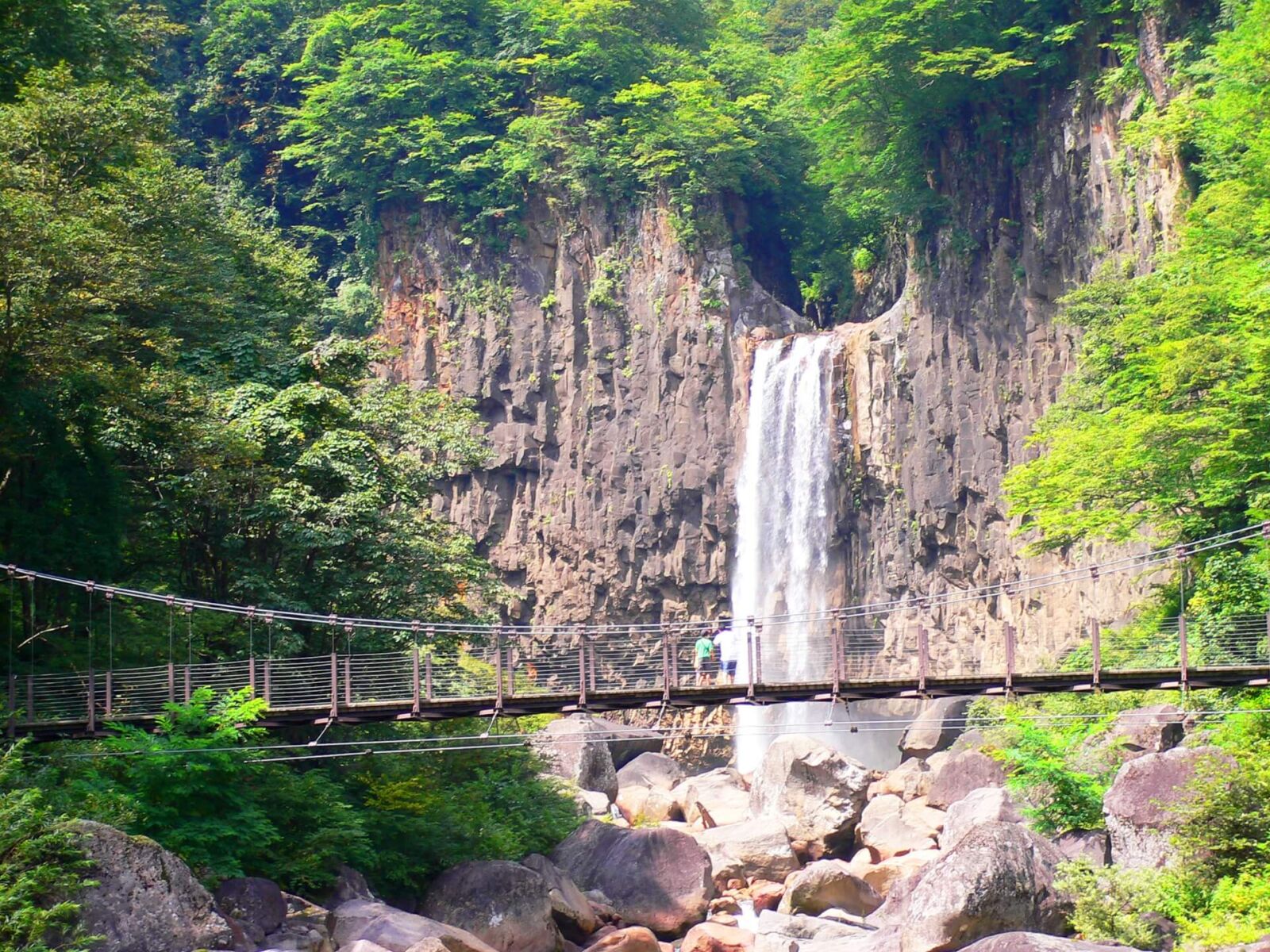
The resorts lie on the edge of the Myoko-Togakushi Renzen National Park. One of Japan’s more recently created national parks, it isn’t yet well-known to international visitors but again, that’s likely to change. Multiple mountains include Mount Myoko, Mountt Yakeyama, Mount Amakazari and Mount Togakushi – see below – offer outstanding hiking during green season with lots of lakes, ponds, waterfalls and hot springs enticing visitors to explore. Home to some fantastic wildlife and with a strong association with the Japanese tradition of nature worship – again, see ‘Togakushi’ below for more information – Myoko-Togakushi Renzan National Park is a place to go slow and enjoy a deeper, meaningful type of adventure travel.
TOGAKUSHI / Nagano
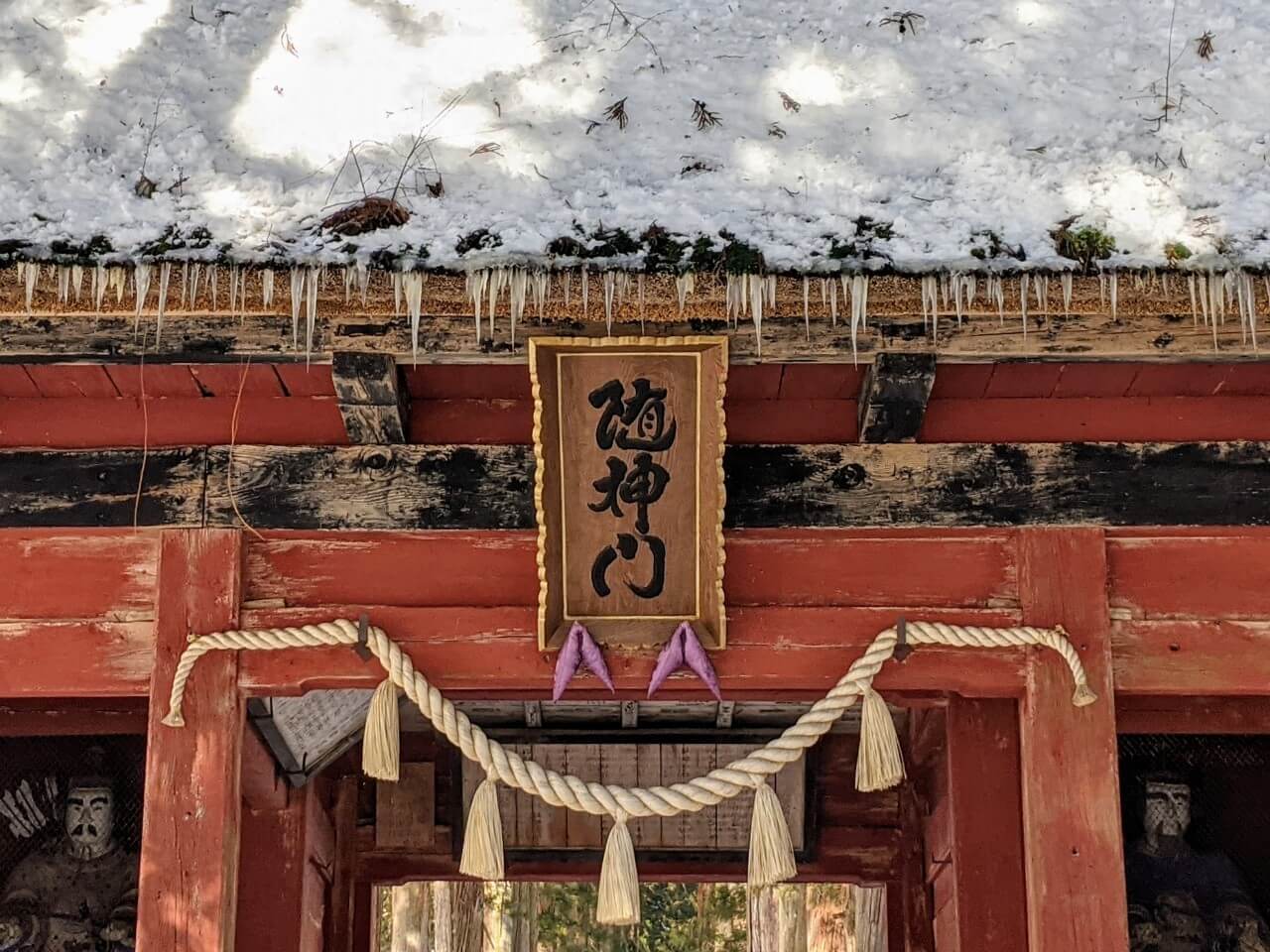

Comprising the southern half of Myoko-Togaksuhi Renzan National Park, Togakushi is fantastic all-year-round destination and home to some of Japan’s most important Shinto shrines. The five shrines that make-up the Togakushi complex lie in the shadow of Mount Togakushi and are directly linked to Shinto creation myths of the world. For centuries, the area has been a place of pilgrimage for Shinto practitioners along with the mountain ascetics of Shugendo Buddhism, while today, the pilgrimage trails of the Togakushi Kodo are walked by both devotees and lay-people. This is a terrific destination for visitors wanting to experience walking some of Japan’s most important spiritual trails and understanding the tradition of nature worship with many ‘shukubo’ (temple lodgings) guesthouses associated with the shrines.
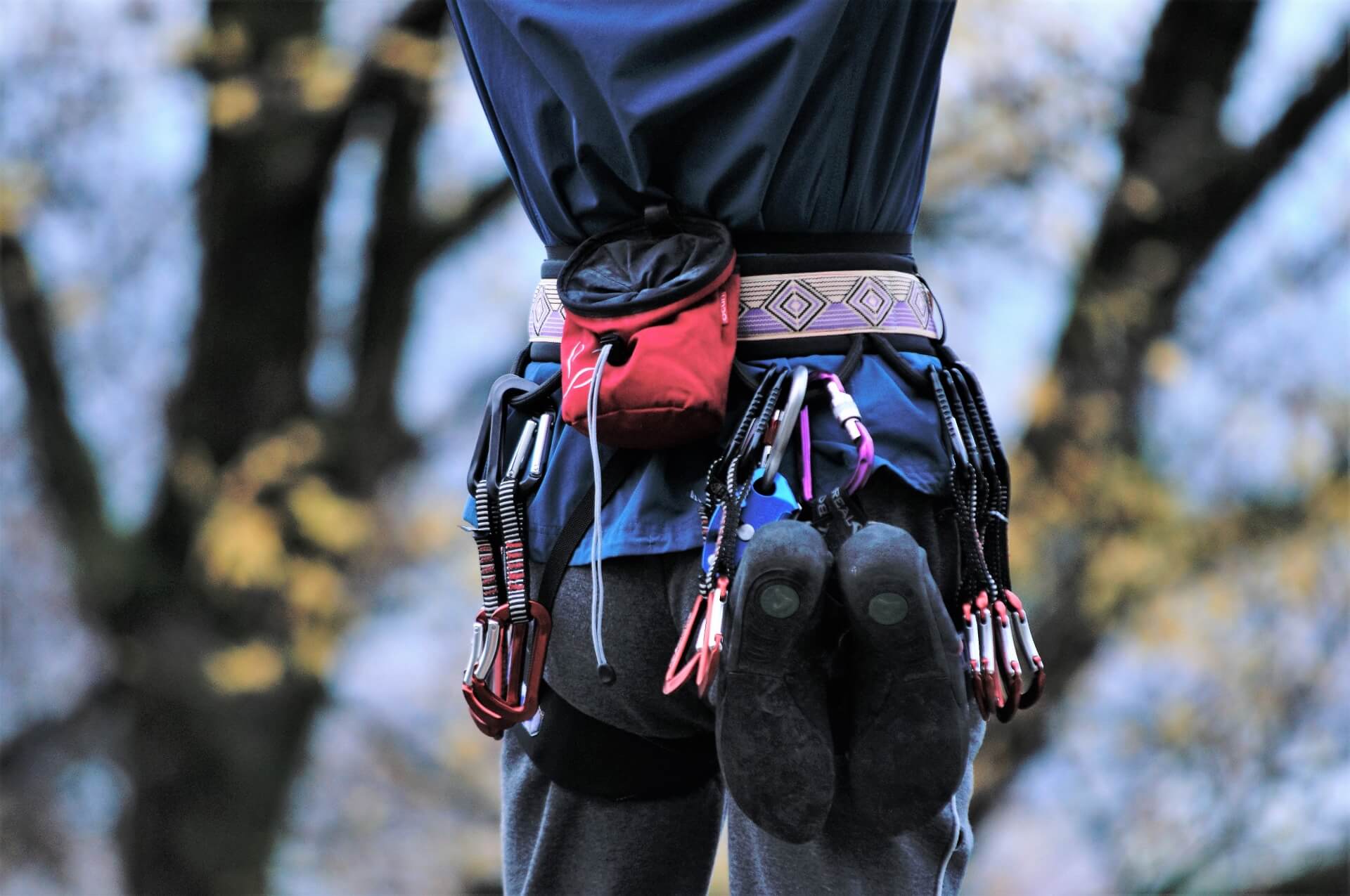
As part of the larger national park, the protected landscape is home to plenty of birdlife making it popular for twitters, along with plenty of black bears and other animals. Forests are lush making it a great place to enjoy the tradition of ‘shinrin yoku’ (forest-bathing) and camping, while the dramatic rock faces of Togakushi are considered some of Japan’s best climbing. In winter, Togakushi Ski Resort is something of a hidden gem. Well-known to locals few international visitors know that it’s actually the closest ski resort to Nagano Station – indeed the entire area of Togakushi lies within the boundary of Nagano City making it easy to reach by local bus, taxi or car in only 35 to 60-minutes (depending on which area you are headed to).
1-Day Togakushi Legends Tour: Hands-on Soba Noodles, Ninja Village, and Hidden Shrines
- Spots:
- Pick-up:
- Drop-off:
TATEYAMA-KUROBE ALPINE ROUTE / Nagano & Toyama
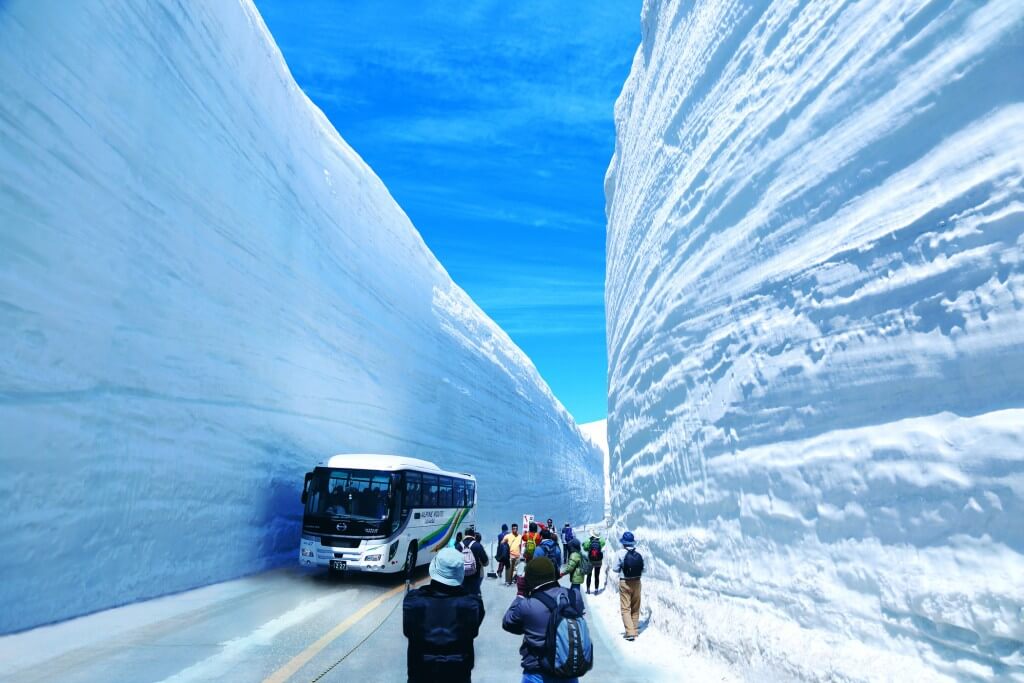
The Tateyama-Kurobe Alpine Route is one of Japan’s most remarkable landscapes and experiences. Traversing Japan’s highest mountain range – the Hida Mountains or ‘North Alps’ – the route crosses from Nagano to Toyama and is best-known for providing access to the immense Snow Walls of up to 20 metres in height each spring. What might be less well known for many international visitors is that the route also opens-up some of Japan’s best hiking and mountaineering.
Popular
[Spring Only] 1-Day Tour from Nagano: Snow Walls of Tateyama-Kurobe Alpine Route
- Spots:
- Pick-up:
- Drop-off:
Operating from mid-April to mid-June, head high into Japan’s tallest mountain range via the legendary Tateyama-Kurobe Alpine Route and onto the ‘Roof of Japan’. With two pickup points in Nagano City, this engaging tour to the immense Snow Walls of Tateyama and one of Japan’s most dramatic landscapes using mountain transports to and from the Nagano-side of the mountain to ascend to almost 2500 meters above sea level.

As the snow recedes in June through to the July, the hiking trails of Tateyama open-up and with that, so too does one of Japan’s most beautiful landscapes. Trails range from leisurely circuits on well-maintained tracks of only one to two-hours, to multiday treks and expert mountaineering. One of the most famous hikes is the ‘Tateyama Three Peak Circuit’, a course that takes hikers over 3000 metres above sea level. Taking only 8-hours, the hike is suitable to anyone of reasonable fitness and requires you to stay overnight near the summit.
Operating from April to November, this engaging one-day tour takes you to Matsumoto Castle – one of the few remaining original castles in Japan and a registered National Treasure – before heading high into the grandeur of the North Alps and onto the protected alpine oasis of Kamikochi.
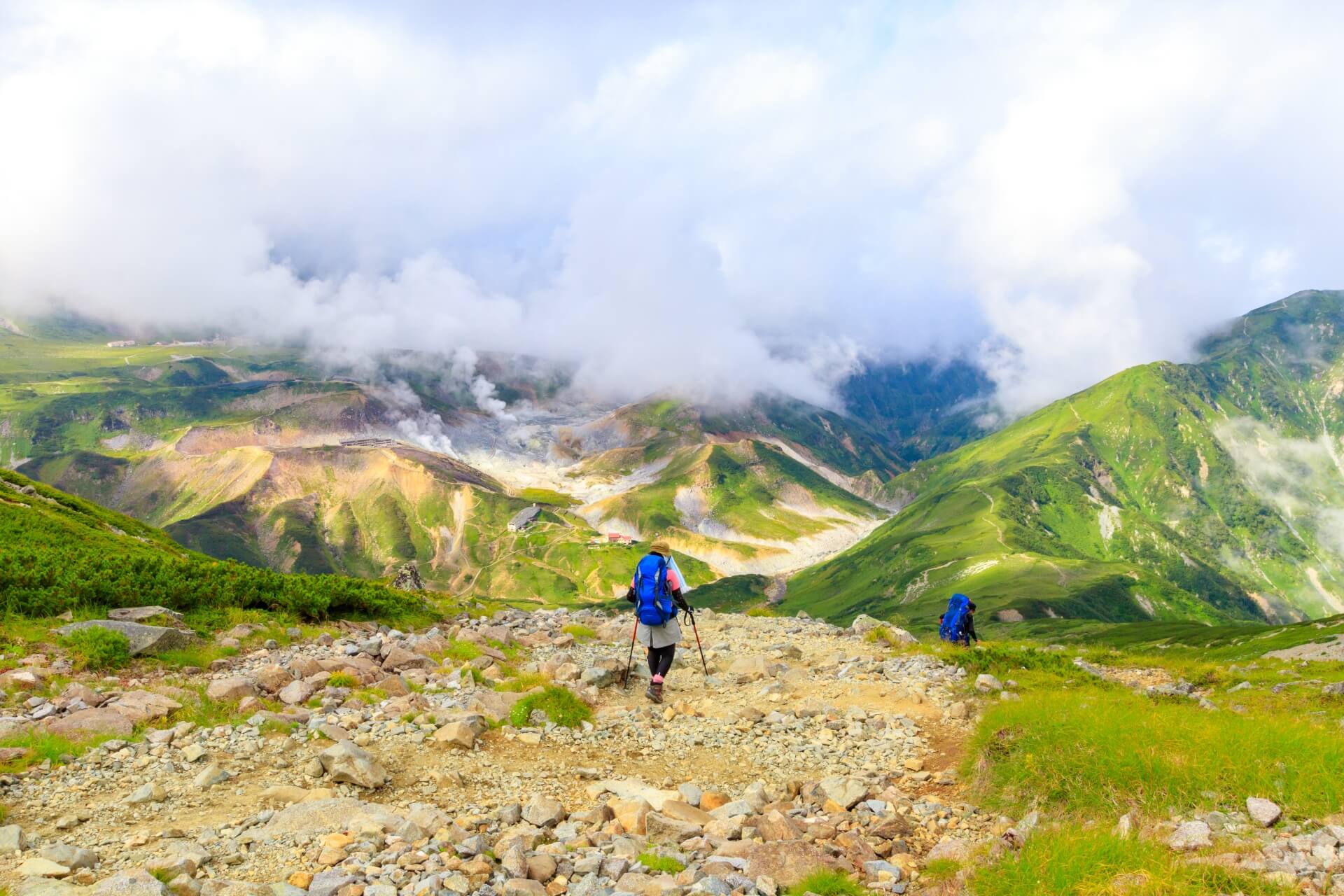
Located in the Chubu Sangaku National Park, the Alpine Route provides access to lots of hiking options, including the one-week circuit from Tateyama to Kamickohi in the south. Taking in multiple mountain peaks, including several of Japan’s tallest, this is much more intensive undertaking that requires adequate experience, fitness and gear. But if you’re up for it, it is one of Japan’s best and most iconic adventure travel experiences.
KAMIKOCHI & NORIKURA / Nagano
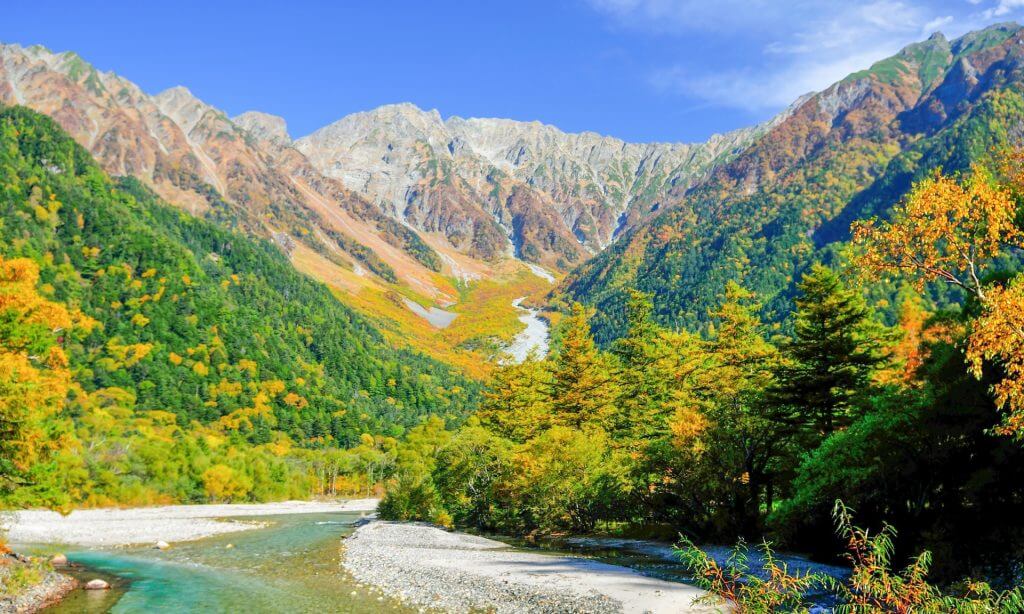
Best Selling
1-Day Tour from Nagano and Matsumoto: Kamikochi & Matsumoto Castle
- Spots:
- Pick-up:
- Drop-off:

Situated in the southern half of the Chubu Sangaku National Park, Kamikochi is a pristine alpine valley between 1400 to 1600 metres above sea level. Running 18km north to south, the valley follows the Asuza River and lies beneath Japan’s third tallest mountain, the triple-peaked Mount t Hotaka at 3190 metres. Open to the public from mid-April until mid-November, Kamikochi offers some of Japan’s best hiking and mountaineering including access to (or the end of) the one-week Tateyama-Kamikochi hiking circuit. One of many routes starting or finishing at Kamikochi, trails range from leisurely walks of a couple hours on well-maintained trails to expert mountaineering at 3000 metres above sea level.
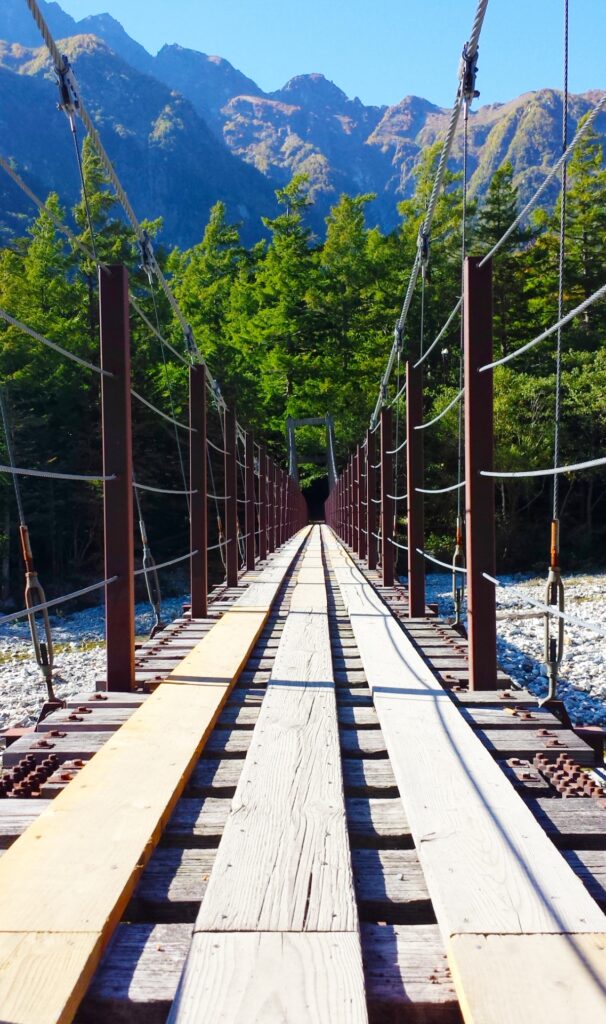
Within easy reach of Kamikochi, Mount Norikura stands at 3026 metres above sea level yet offers comfortable and leisurely walking trails for anyone of reasonable fitness. Norikura is known of its beauty, fantastic mountain vistas and snow corridor in spring and early summer. The mountain trails are directly accessible from Norikura Kogen – a highland resort town located a little lower down. Trails spanning-out from Norikura take visitors through verdant forests and onto rushing rivers and waterfalls. In winter, Norikura Ski Resort offers around 20 trails and on clear days, beautiful views of the surrounding landscape – an alternative to the more popular resorts of Nagano.
KISO VALLEY / Nagano & Gifu
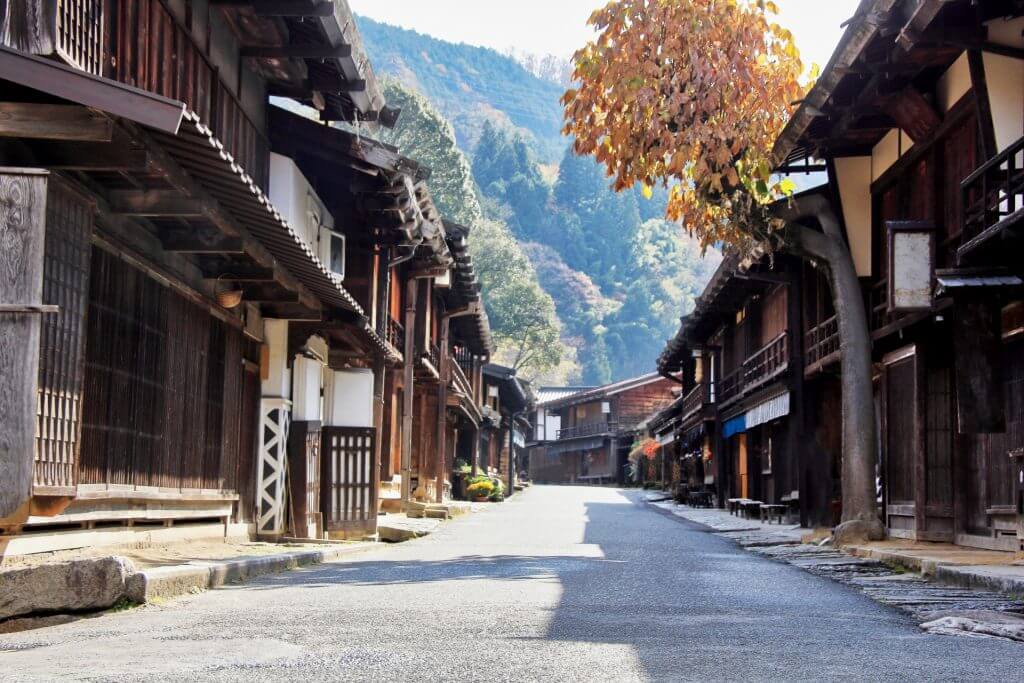
Lying to the south of Chubu Sangaku National Park and between Nagoya and Matsumoto, the Kiso Valley is a beautiful region of azure rivers, waterfalls and lush forests around Japan’s second highest volcano, Mount Ontake. Ontake itself is considered sacred by pracitioners of ‘Ontake Shinto’ with the region home to the pilgrimage trails of the ‘Ontake Kodo’. Largely unknown to international visitors, the Ontake Kodo is slowly gaining recognition outside of Japan following the World Heritage-listing of the ‘Kumano Kodo’ trails on the Kii Peninsula – see below for more information. Visitors wanting to experience the beautiful and spiritually-significant Ontake, can do so easily via Kiso-Fukushima – a convenient stop on Limited Express Shinano Services running from Nagoya to Matsumoto.
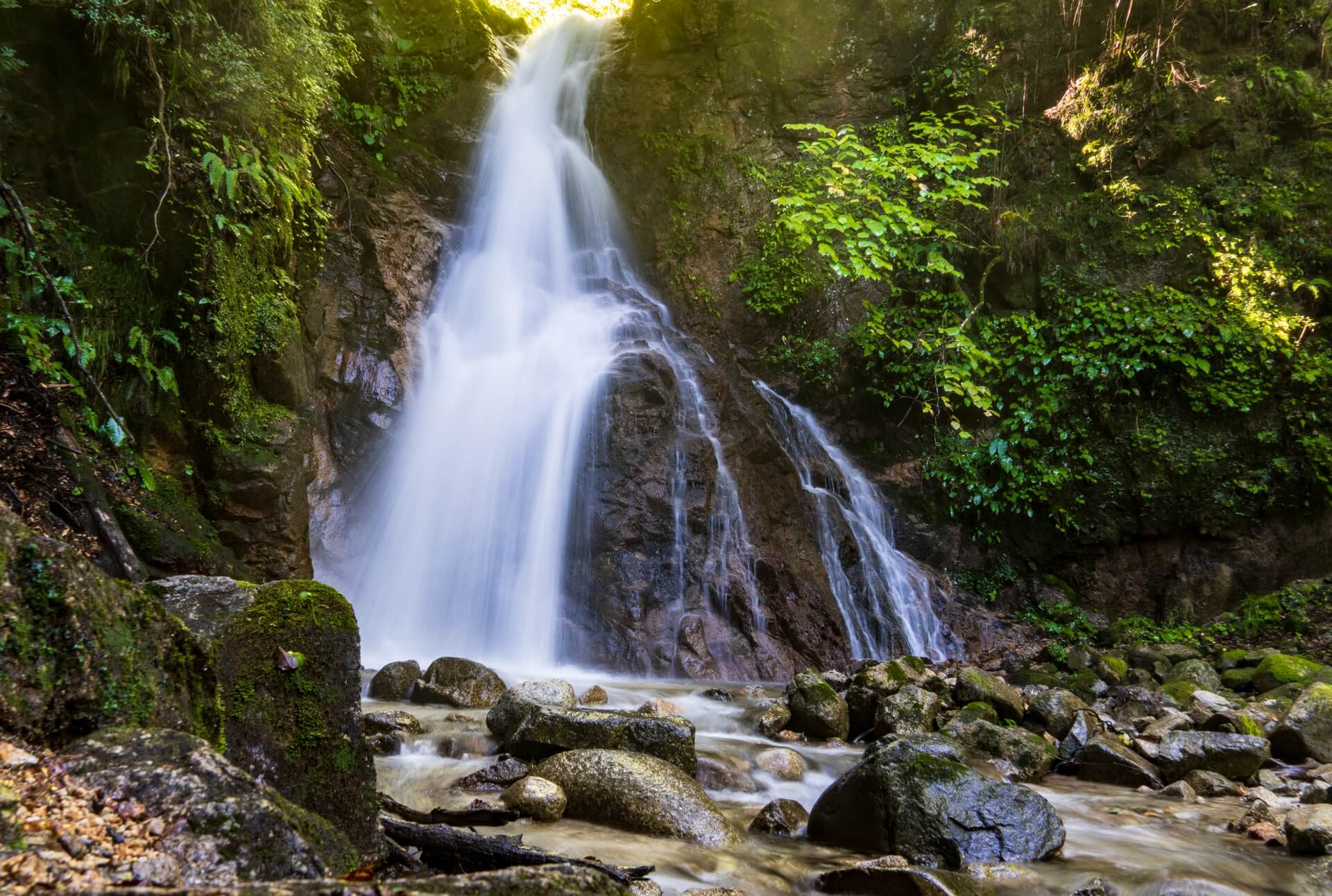
That train line follows the Kiso River through one of the most beautiful regions of Central Japan and an area best-known for its historic Nakasendo Trail. One of five major routes connecting Tokyo – then called ‘Edo’ – and Kyoto during the Edo Period (1603-1868), much of the Nakasendo can still be walked today. Translating as ‘road through the mountains’, the Nakasendo was used by all manner of people including dignitaries and their families as they travelled to and from the two centres of power, merchants, ascetics and many others. Over the total expanse of the route, sixty-nine ‘juku’ or ‘postal towns’ developed to monitor and control movement along the road, tax it and provide services including accommodation.
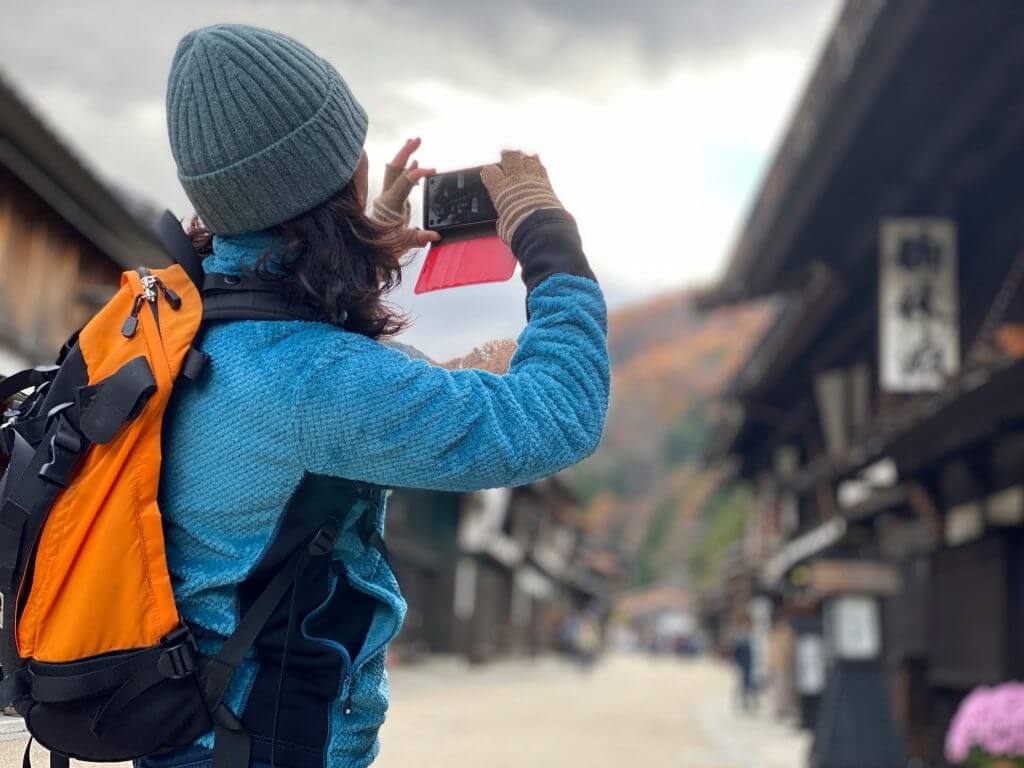
Today, several towns including Narai-juku, Magome-juku and Tsumago-juku in the Kiso Valley remain in an excellent state of preservation. Lying in perhaps the most beautiful section of the Nakasendo, walking the historic ancient takes you deep into Japan as you move through both time and space. Away from the Nakansendo, there are many excellent hiking trails in the area with activities including horse-riding, MTB, rafting and more all available.
Popular
1-Day Tour from Nagano and Matsumoto: Experience Matsumoto Castle and Narai-juku
- Spots:
- Pick-up:
- Drop-off:
YUZAWA / Niigata
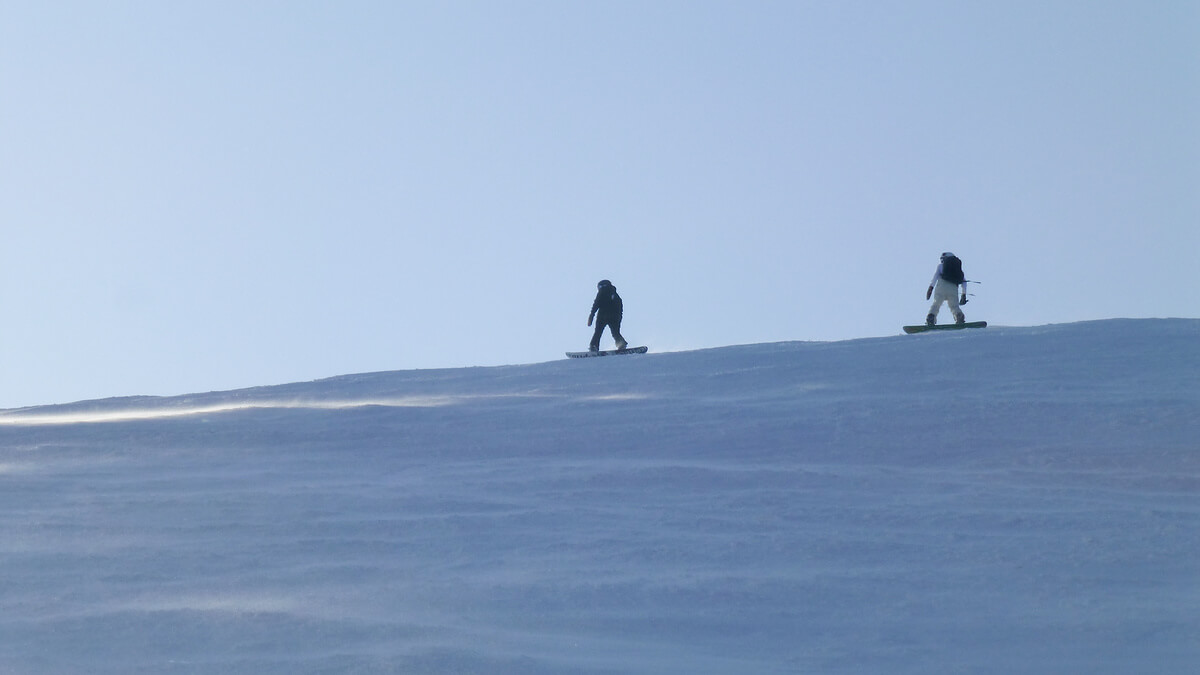

A convenient stop on the Joetsu Shinkansen line running from Tokyo to Niigata, the hot spring town of Yuzawa is serviced by Echigo-Yuzawa Station – gateway to the ski resorts of the area and north-eastern area of Joshinetsu Kogen National Park. Yuzawa itself has multiple ski resorts including the always popular Gala Yuzawa however for anyone headed that direction – especially intermediate skiers/boarders – we recommended going a little bit further and heading to the nearby resorts of Naeba, Kagura and Muikamachi Hakkaisan.
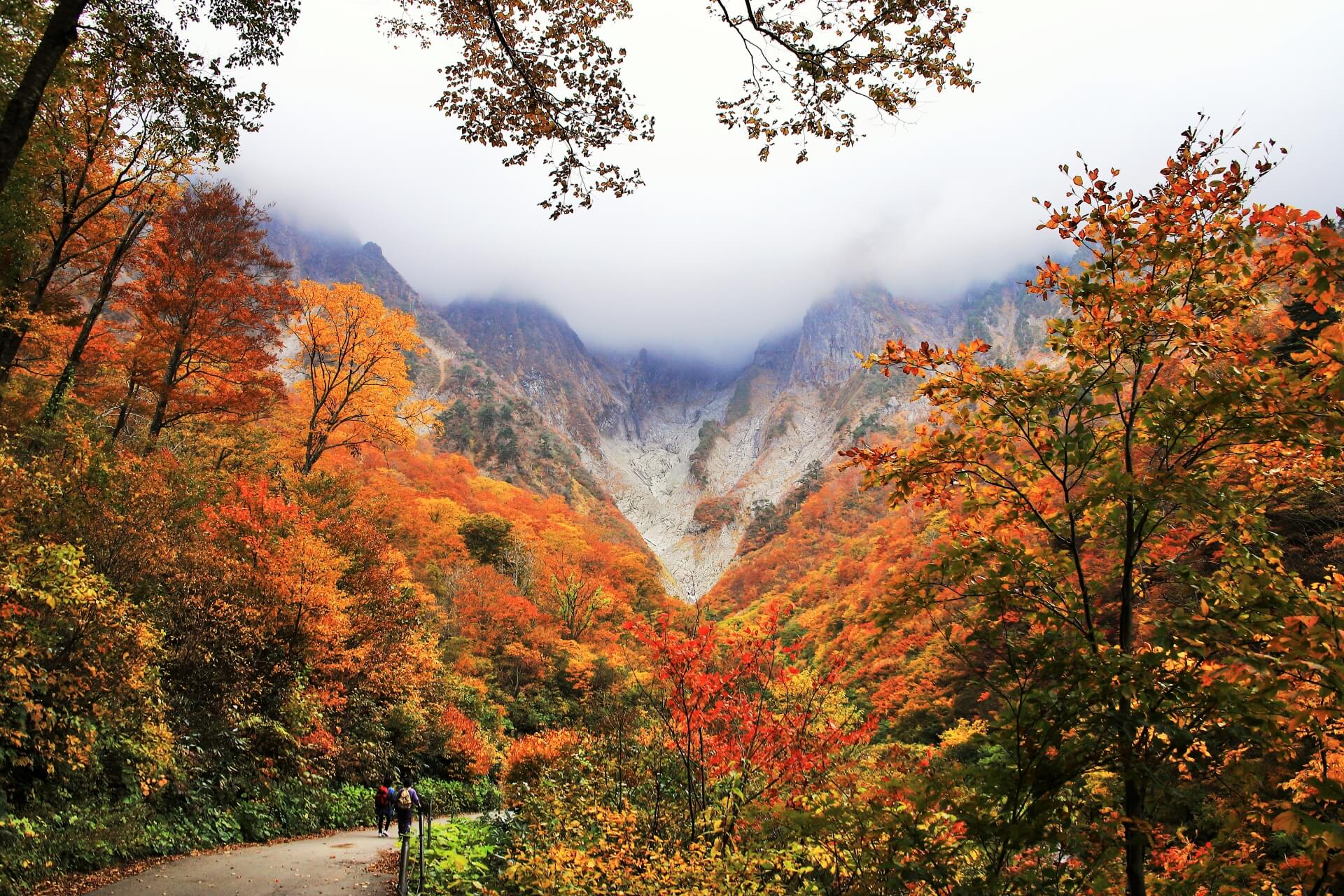
All are accessible using shuttle buses from the station and offer better terrain, better snow, fewer crowds and in the case of Kagura, access to backcountry. Although just outside the boundary of the park, Yuzawa also acts as the north-eastern gateway to Joshinetsu Kogen National Park. Popular hiking destinations in the park including gondolas and trails around Mount Naeba and Mount Tanigawa are all readily accessible from Yuzawa.
MOUNT FUJI / Shizuoka & Yamanashi
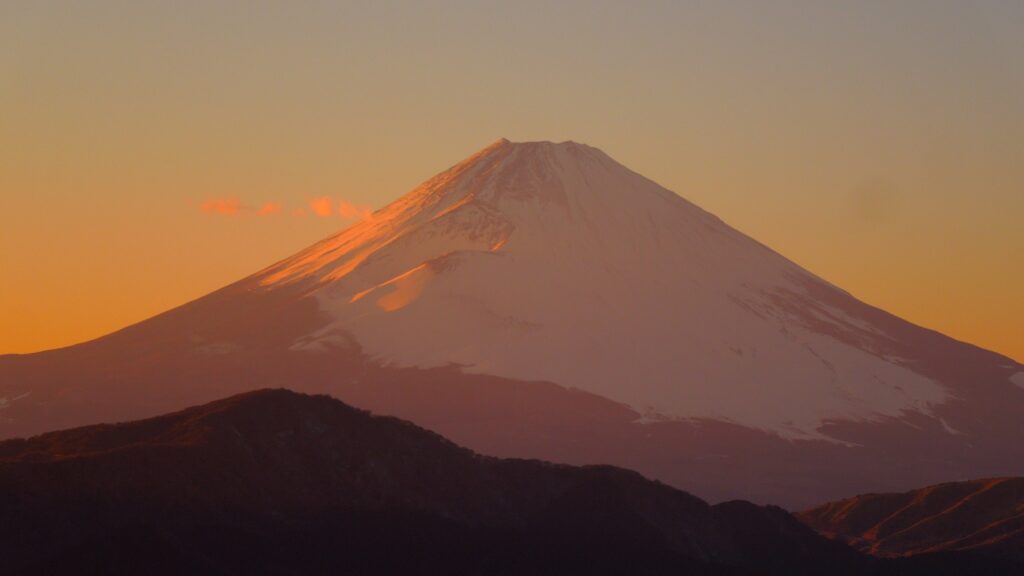
Located in Shizuoka Prefecture, Mount Fuji is Japan’s tallest mountain at 3,776 metres. Much more than a mountain, Fuji is an iconic landscape for Japanese with many regarding it as the spiritual epicentre of the country. An active volcano, Fuji has long been revered, feared, and held in awe by the Japanese people. Without doubt the country’s most iconic and instantly recognisable natural feature, Fuji is much more than just a mountain or volcano. It holds huge spiritual and cultural importance for Japan and rising high above the surrounding plateau is a constant presence in the daily life of the country.
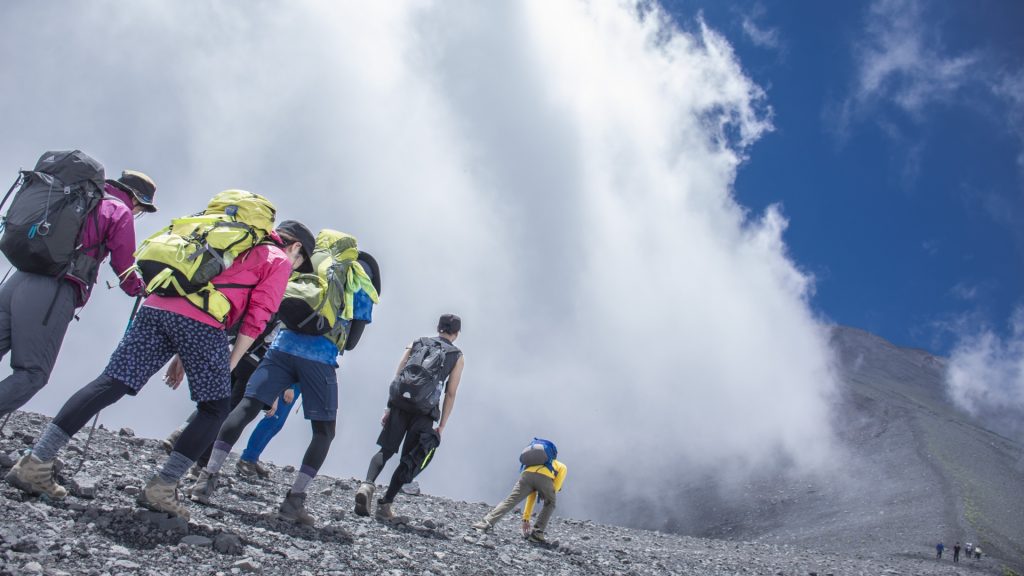
Fuji’s official climbing season runs from early-July until mid-September, during which time, all trails and mountain facilities are open. Weather is typically mild and this time and snow will be gone from the mountain. Visitors have the option of summitting Fuji via different trails including the Yoshida Trail – open from early-July until mid-September – along with the Subashiri, Gotemba and Fujinomiya Trails – open from mid-July until mid-September.
And a final recommendation…
KII PENINSULA / Mie, Wakayama & Nara
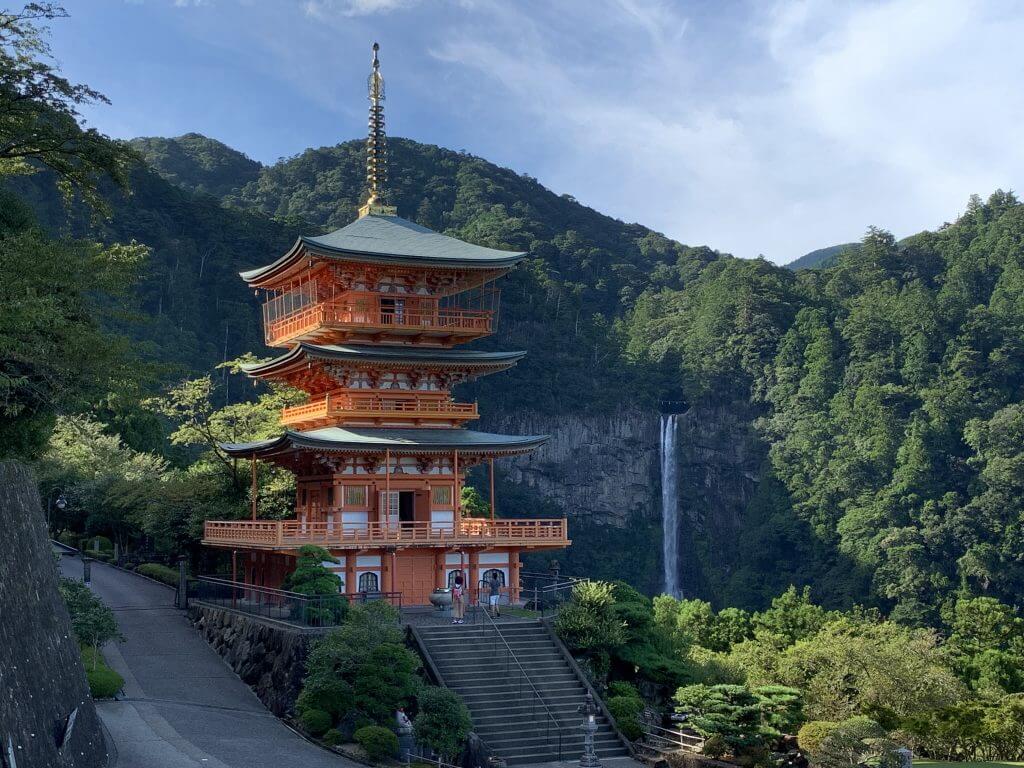
Lying several hours to the west of Nagoya, the Kii Peninsula lies just outside of Central Japan in Mie, Wakayama and Nara Prefectures. So why do we mention it? Readily accessible from Nagoya - the largest city in Central Japan - the region boasts many of Japan’s most important Shinto and Buddhist destinations and should not be overlooked starting with the World Heritage-listed Kumano Kodo. For more than 1000 years, the pilgrimage trails of the Kumano Kodo have been walked by monks, pilgrims, aristocracy and lay-people between sacred sites and temples on the Kii Peninsula. As one of only two pilgrimage routes in the world to have World Heritage-listing – along with the Camino de Santiago in Spain – walking the Kumano Kodo is one of Japan’s most rewarding and memorable experiences.
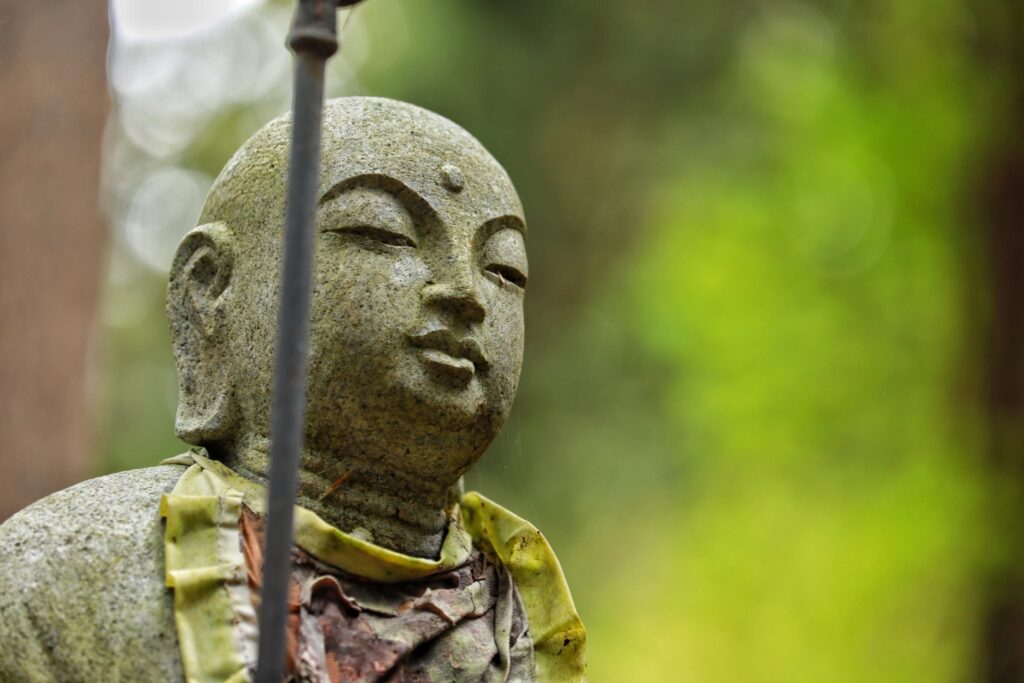
Moving away from the Kumano Kodo into Nara Prefecture, the region is also home to the temple mountain of Koyasan. As the centre of the Shingon school of Buddhism, Mount Koya or ‘Koyasan’ is another of Japan’s most important religious sites. Founded in the 9th century by the monk Kukai – one of the most significant historic and religious figures in Japan’s history – ‘Koya-san’ is an immense temple settlement spread through the forests of Mount Koya. Notable temples within Koyasan include Okunoin Temple, Kongobuji Temple and Garan among many others.
Recommended
1-Day Tour from Nagoya: Ise’s Sacred Shrines and Captivating Coastlines
- Spots:
- Pick-up:
- Drop-off:
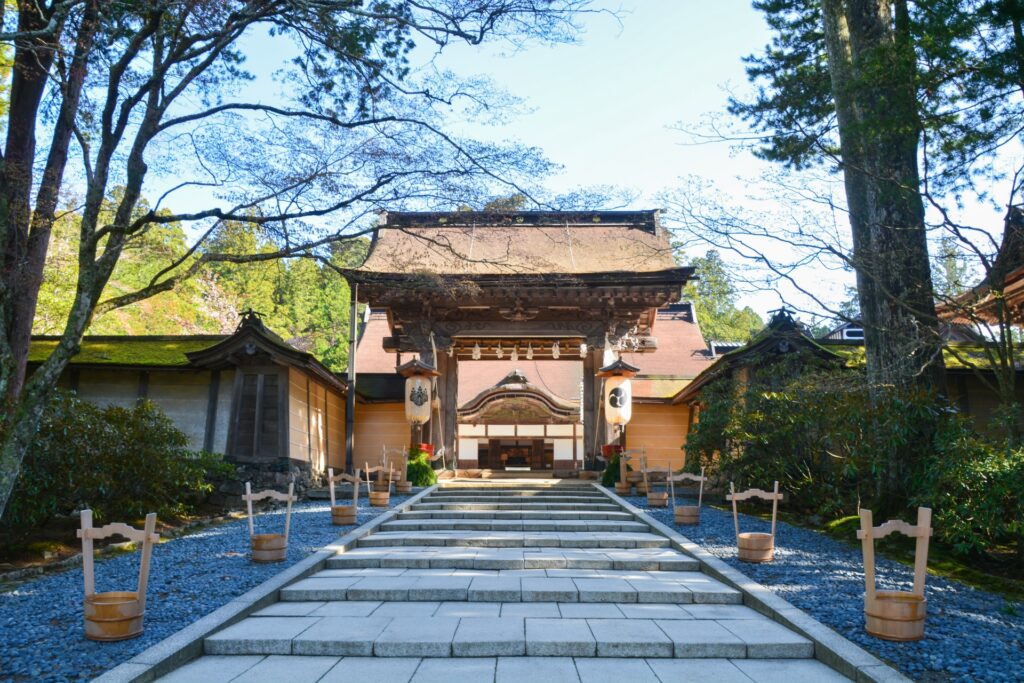
In recent years, staying in a temple lodging – called ‘shukubo’ in Japanese – is an increasingly popular activity for international visitors, regardless of faith or background. Over fifty temples offer lodgings and experiences including mediation and other fundamental Buddhist practices – the ideal place to enjoy a deeper, insightful experience of Japan.
NAGANO'S NO.1 TOUR & CHARTER OPERATOR
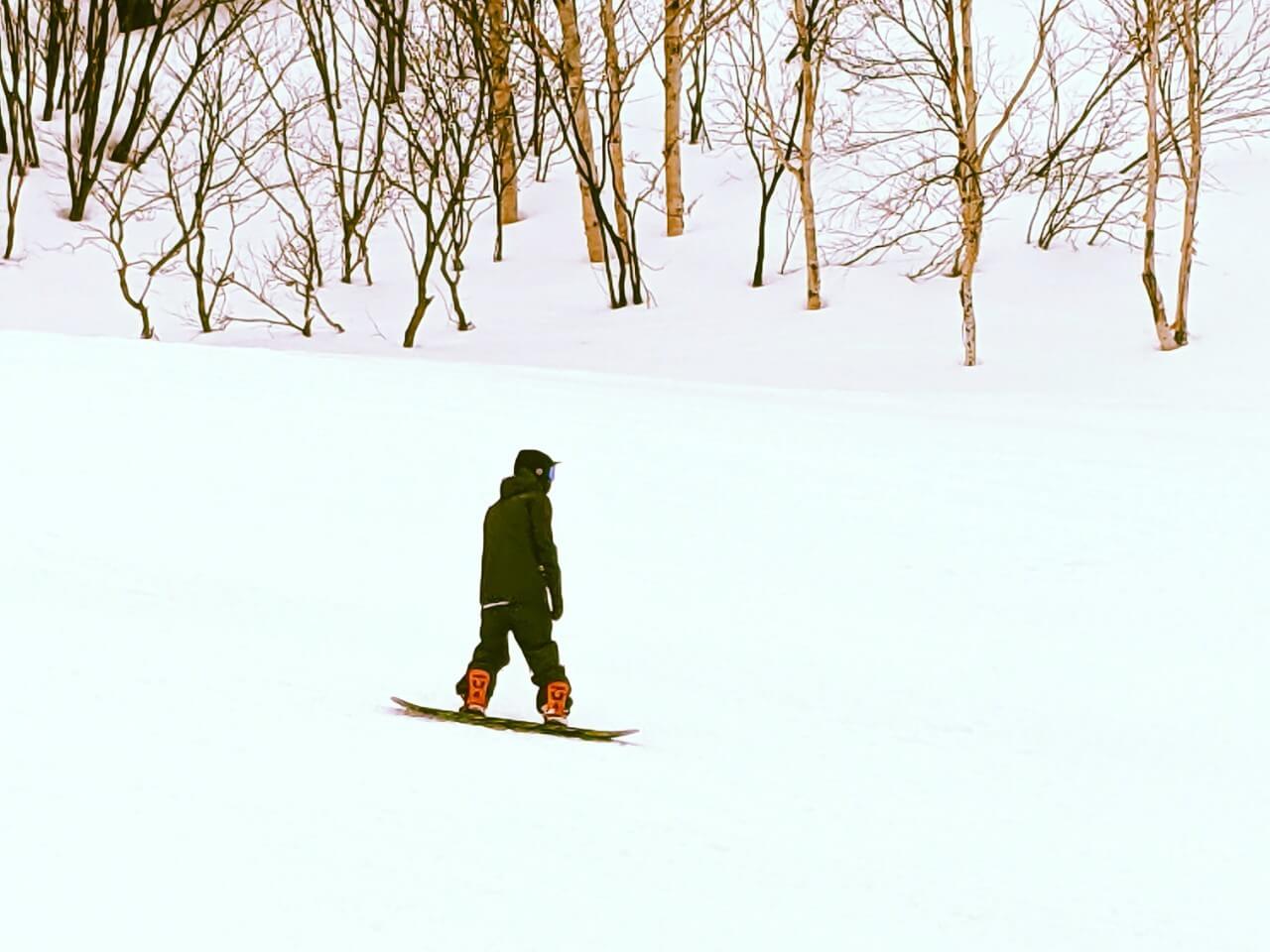

Based in Nagano and operating all year round, we are Nagano’s #1 Tour and Charter Operator. We have the local knowledge of where to go, when to go and what to do when you’re there to make sure you get the most out of your adventure in Central Japan! As a registered travel agent we can arrange adventure experiences and tours, transport, accommodation and inclusive package. So no matter what you’re looking for, we’ve got you covered including getting you to the best outdoor destinations and events in the region.
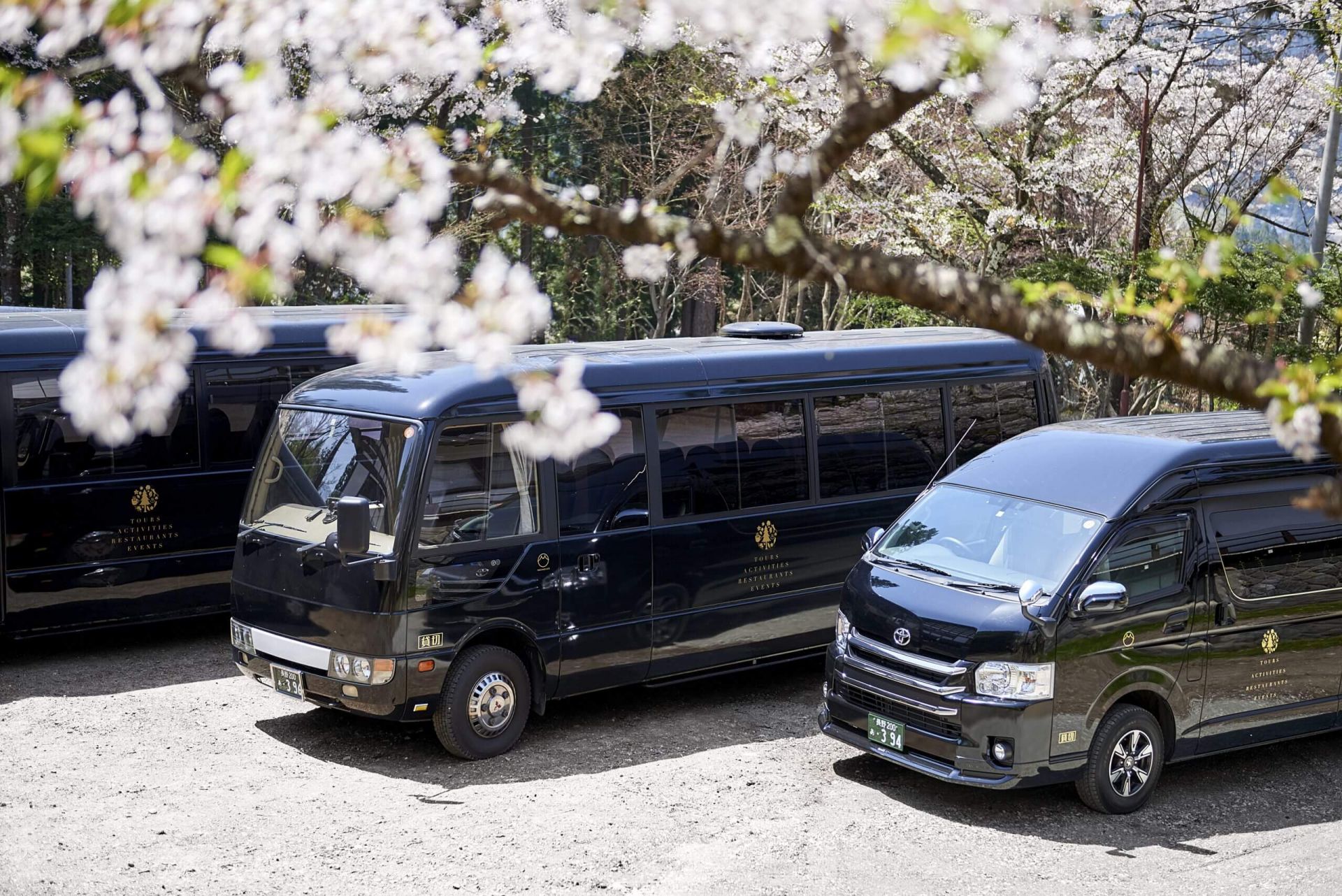
For guests wanting to access these destinations in the comfort of their own transport, we can arrange a private tour or charter customized to fit your needs, starting and ending at any destination in the region. Our drivers and vehicles are fully certified, allowing us to transport you to and from your preferred destinations in combination with any activity that suits your schedule. We’d love to be part of your adventure in Central Japan and help you discover even more!
Why choose us?
Awarded a 2019 TripAdvisor Travelers’ Choice Award for our 1-Day Snow Monkeys, Zenko-ji Temple & Sake Tour – recognised as one of the Top 10 Experiences in Japan – we have the local knowledge and experience to help you get the most out of your time in Nagano and Central Japan.
Got a question about visiting Nagano and Central Japan? Contact us and let’s get planning together!














